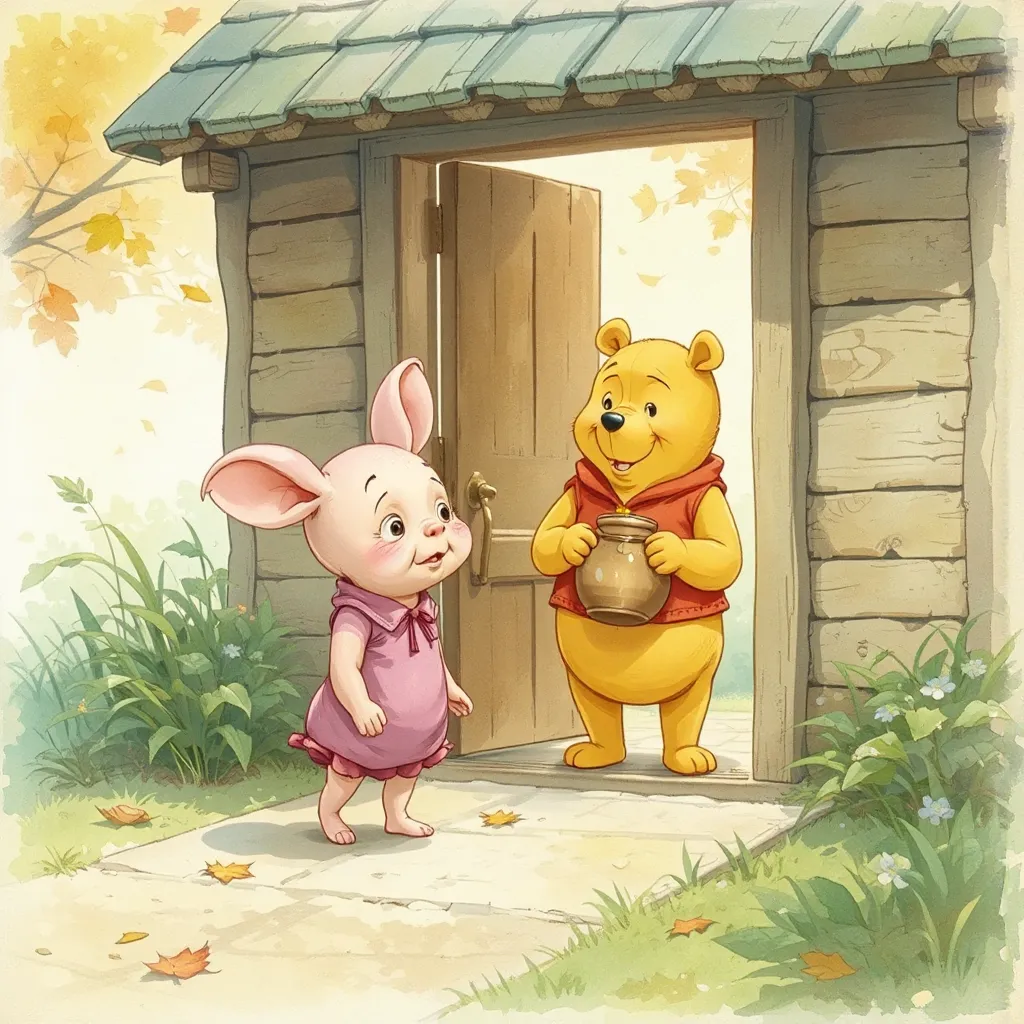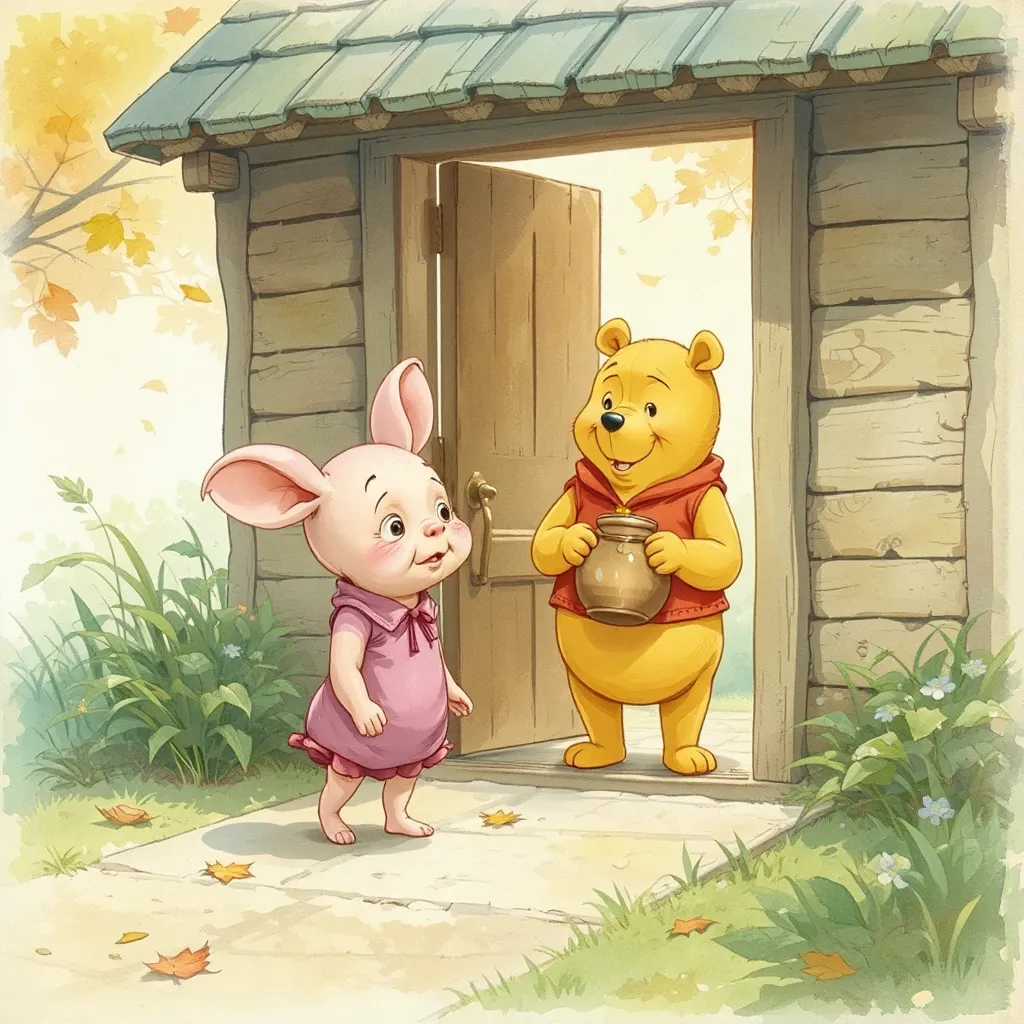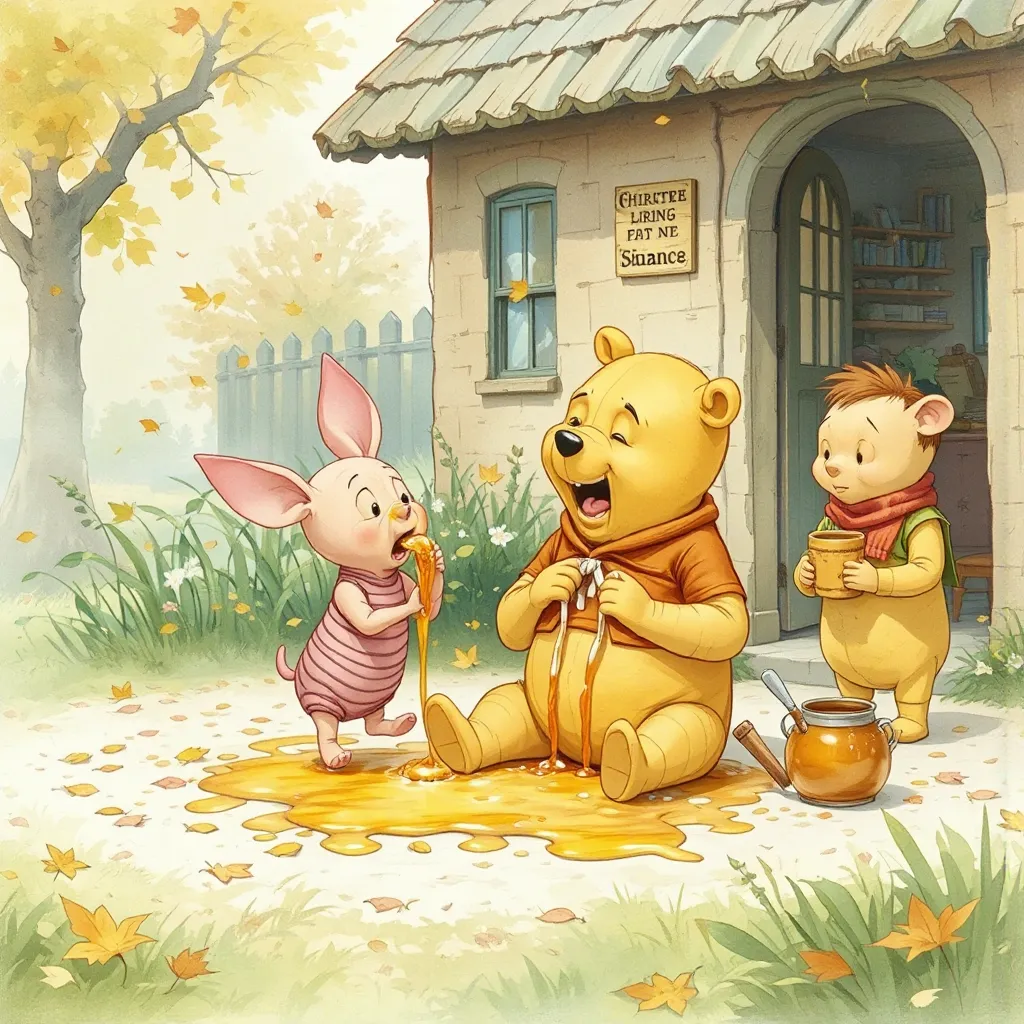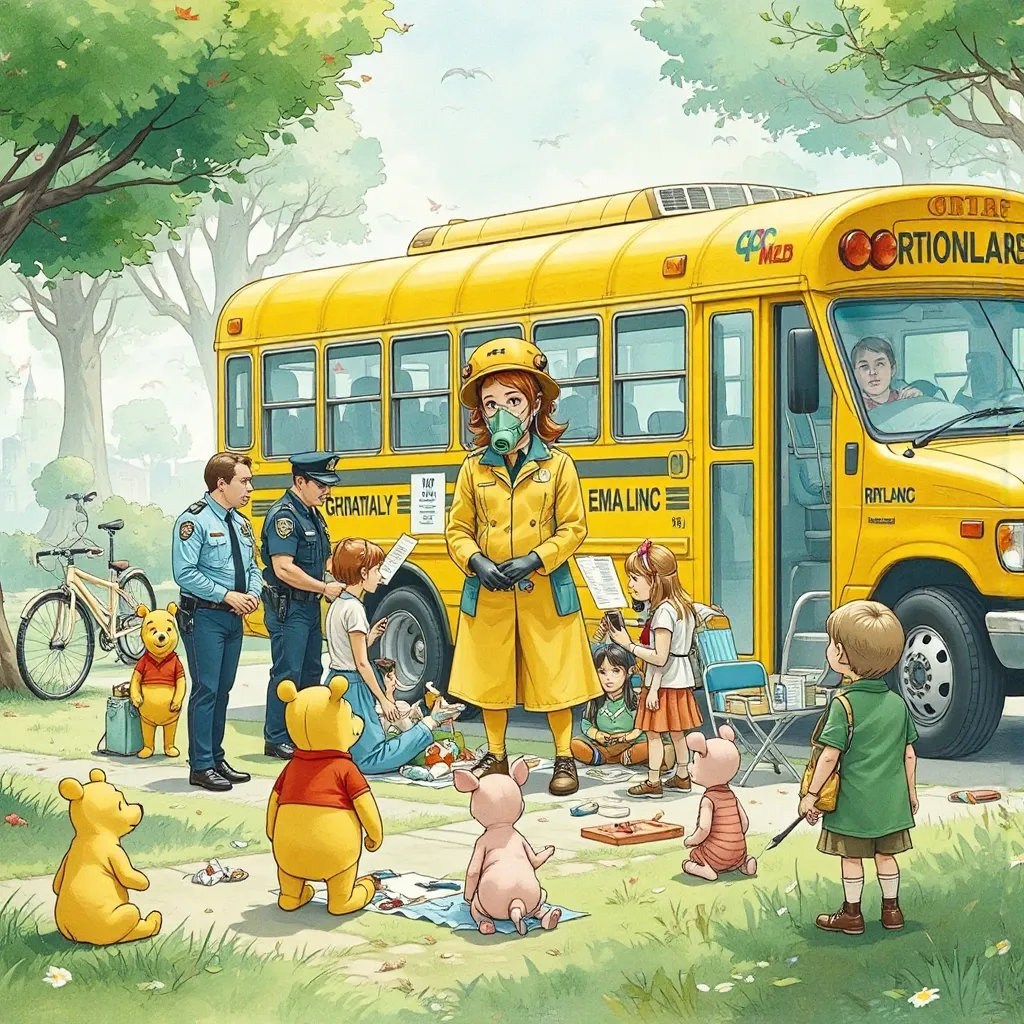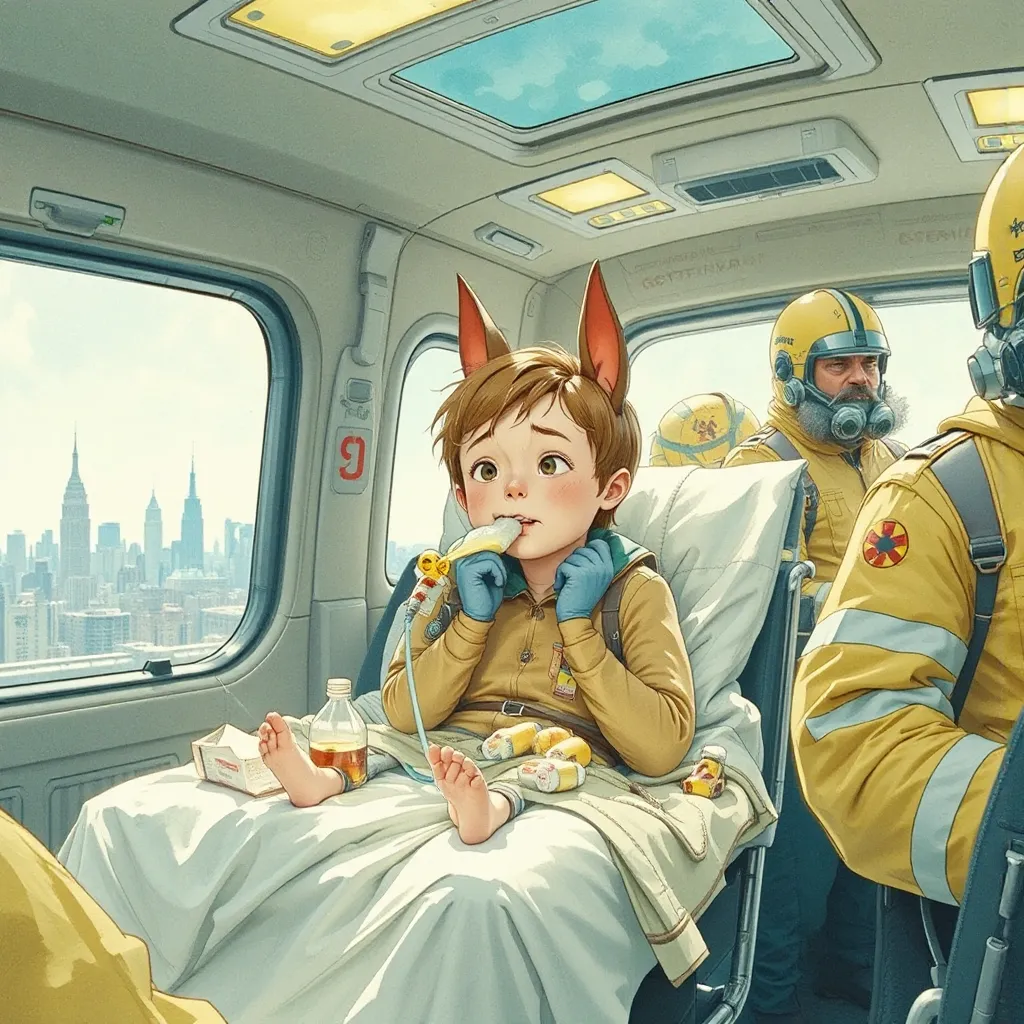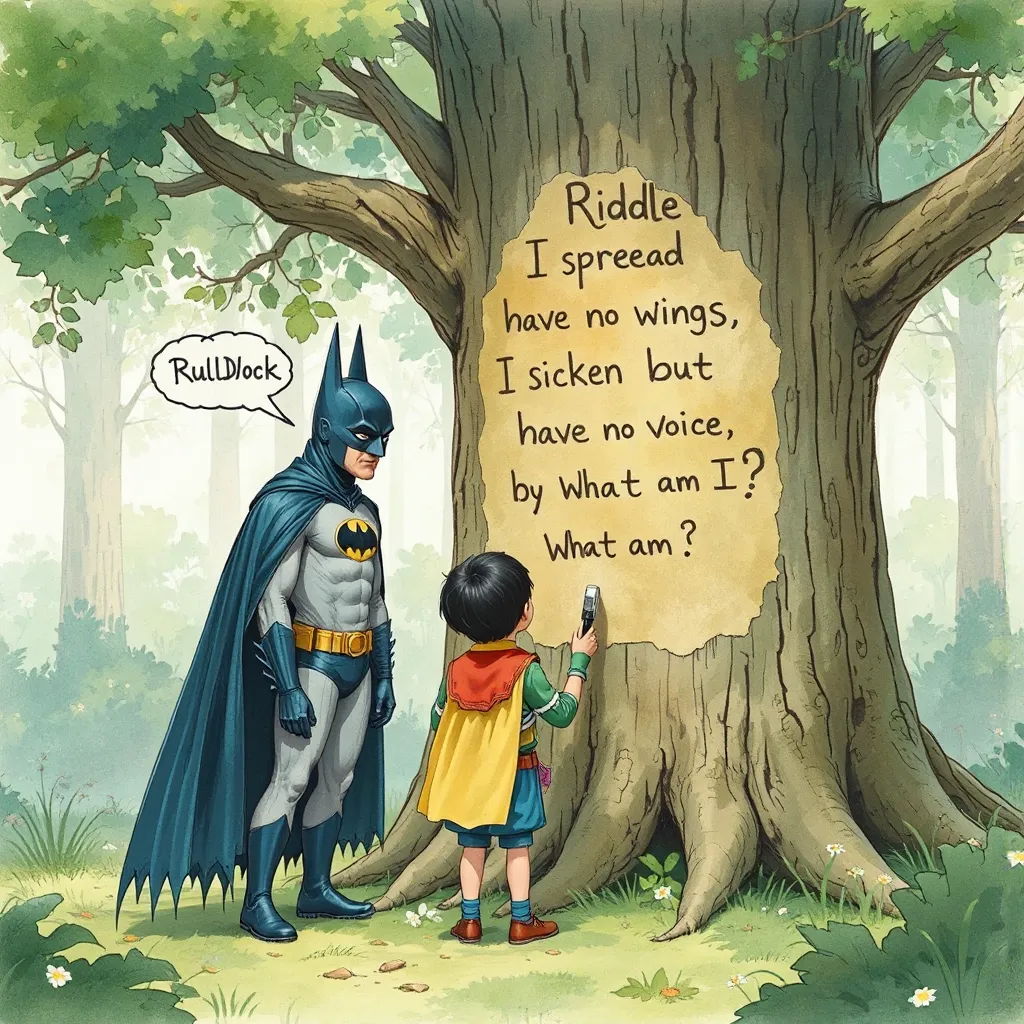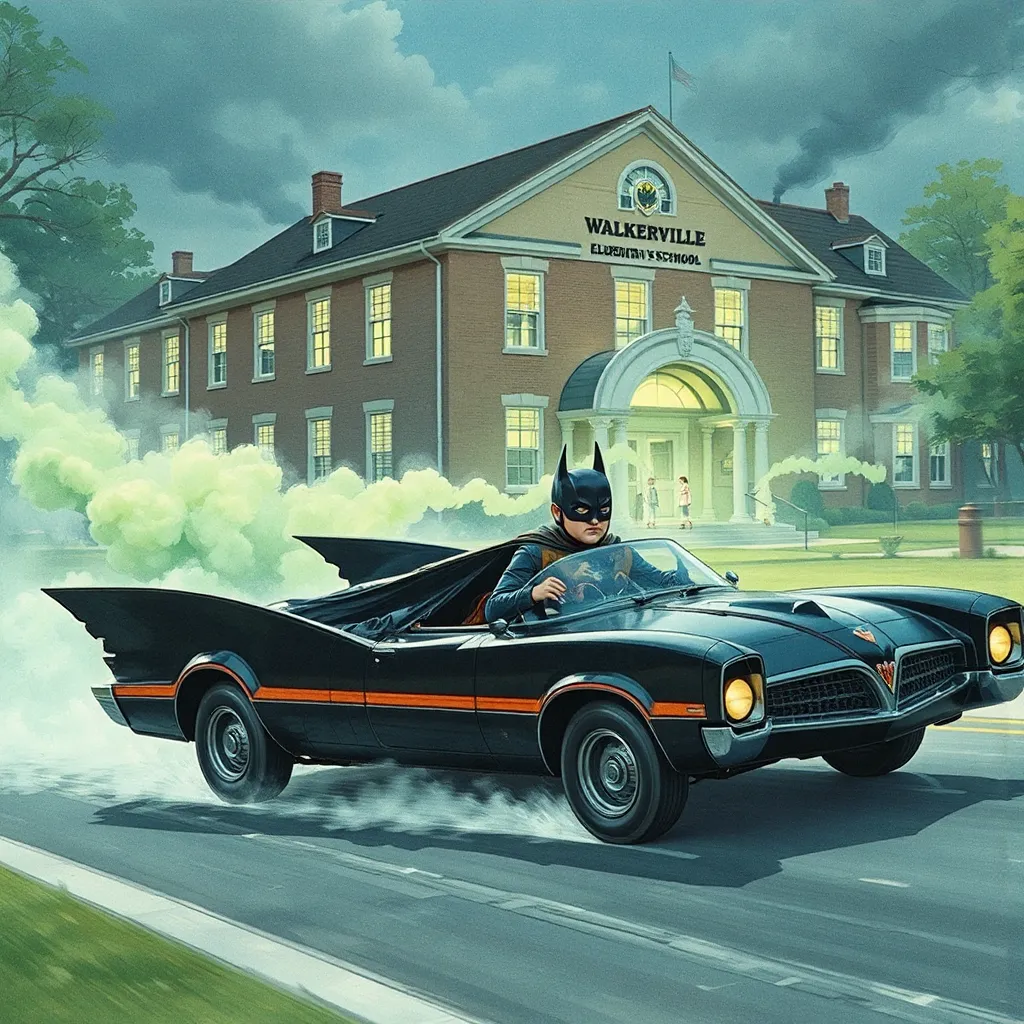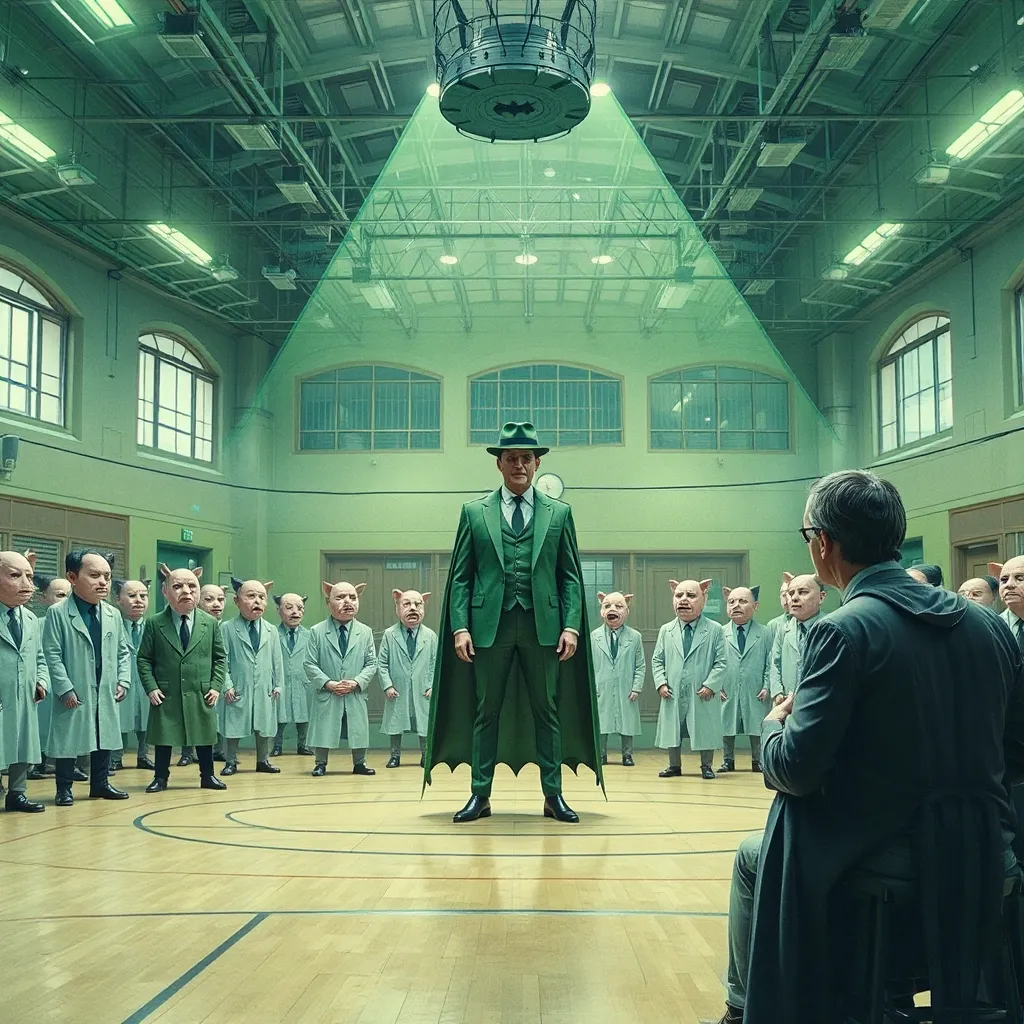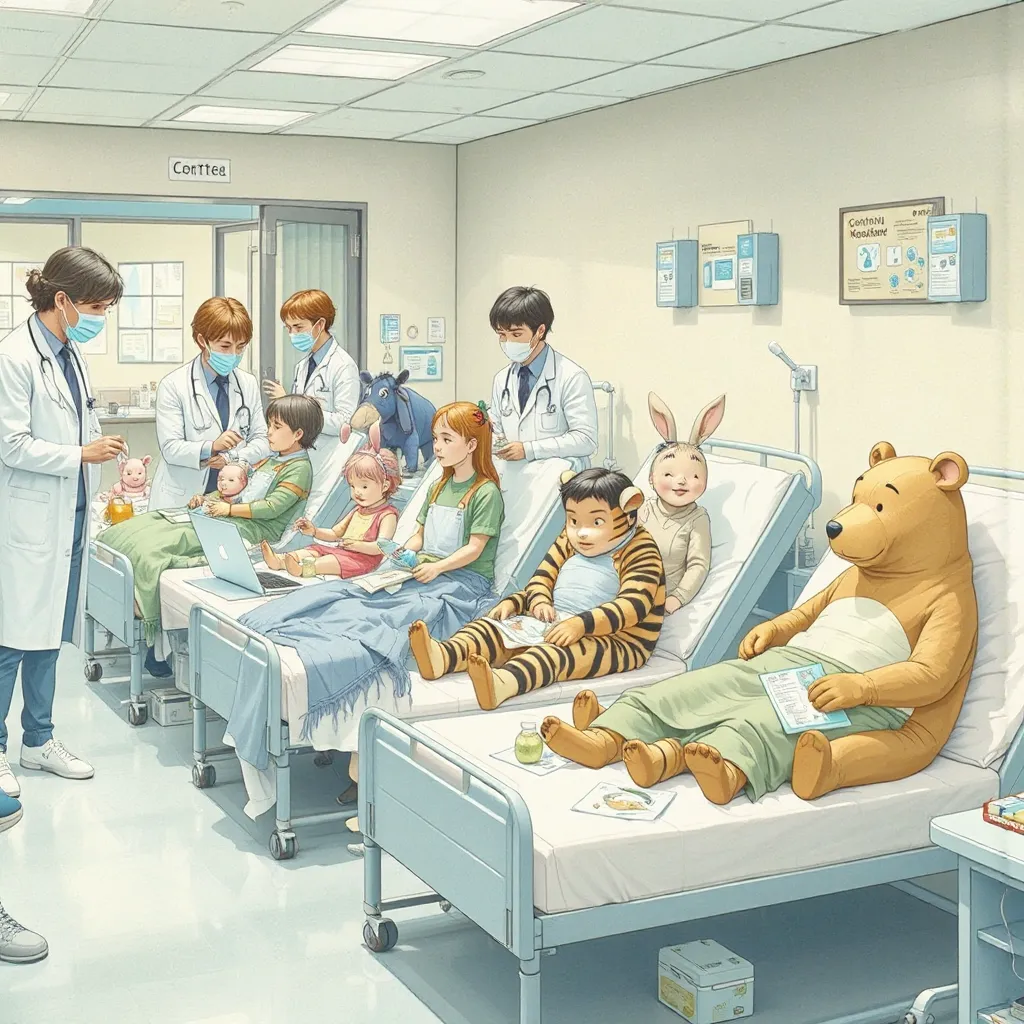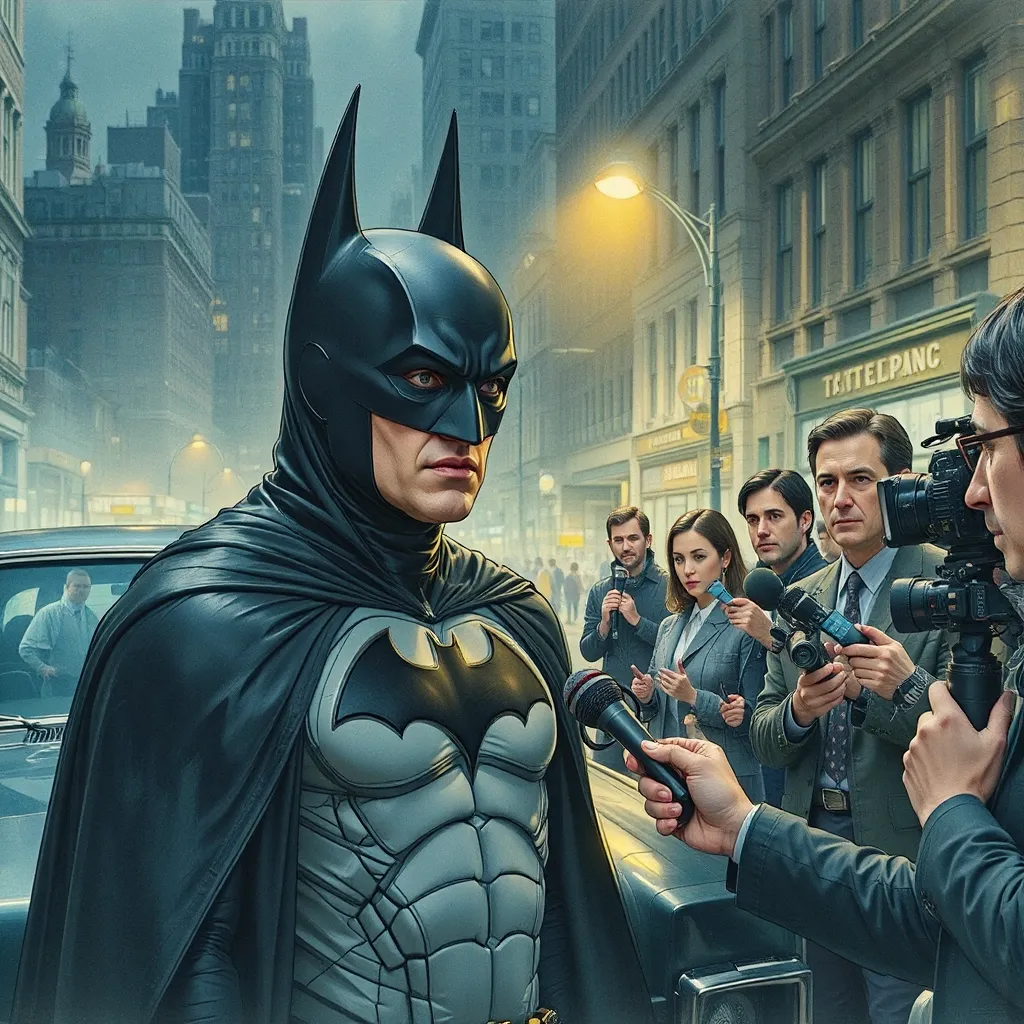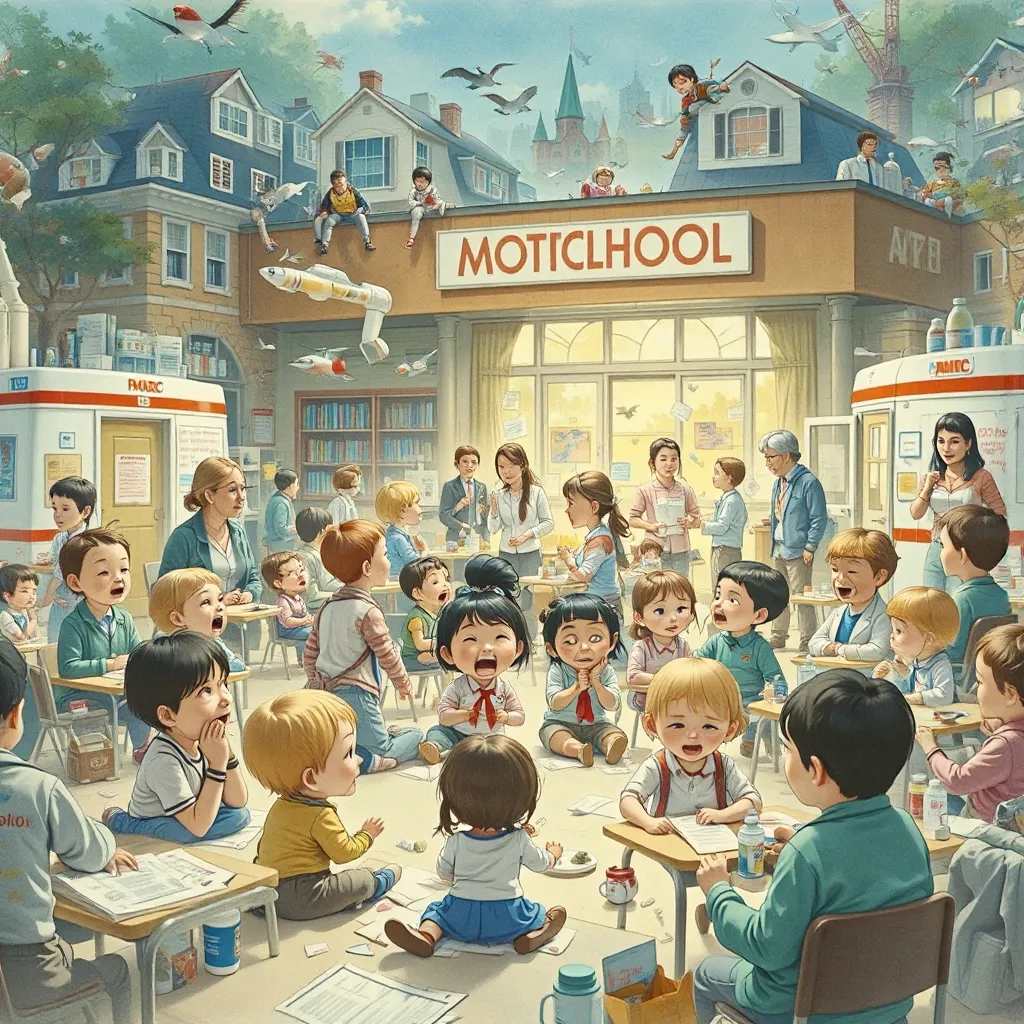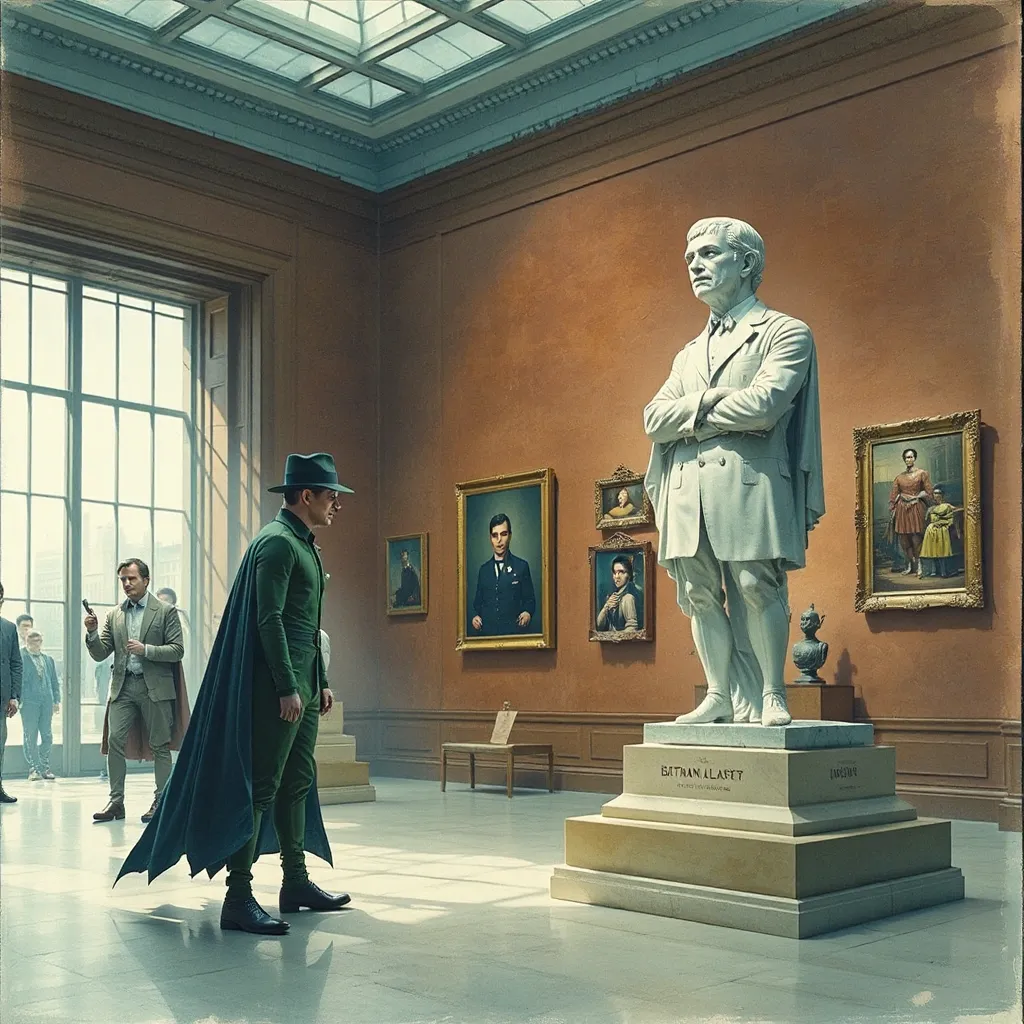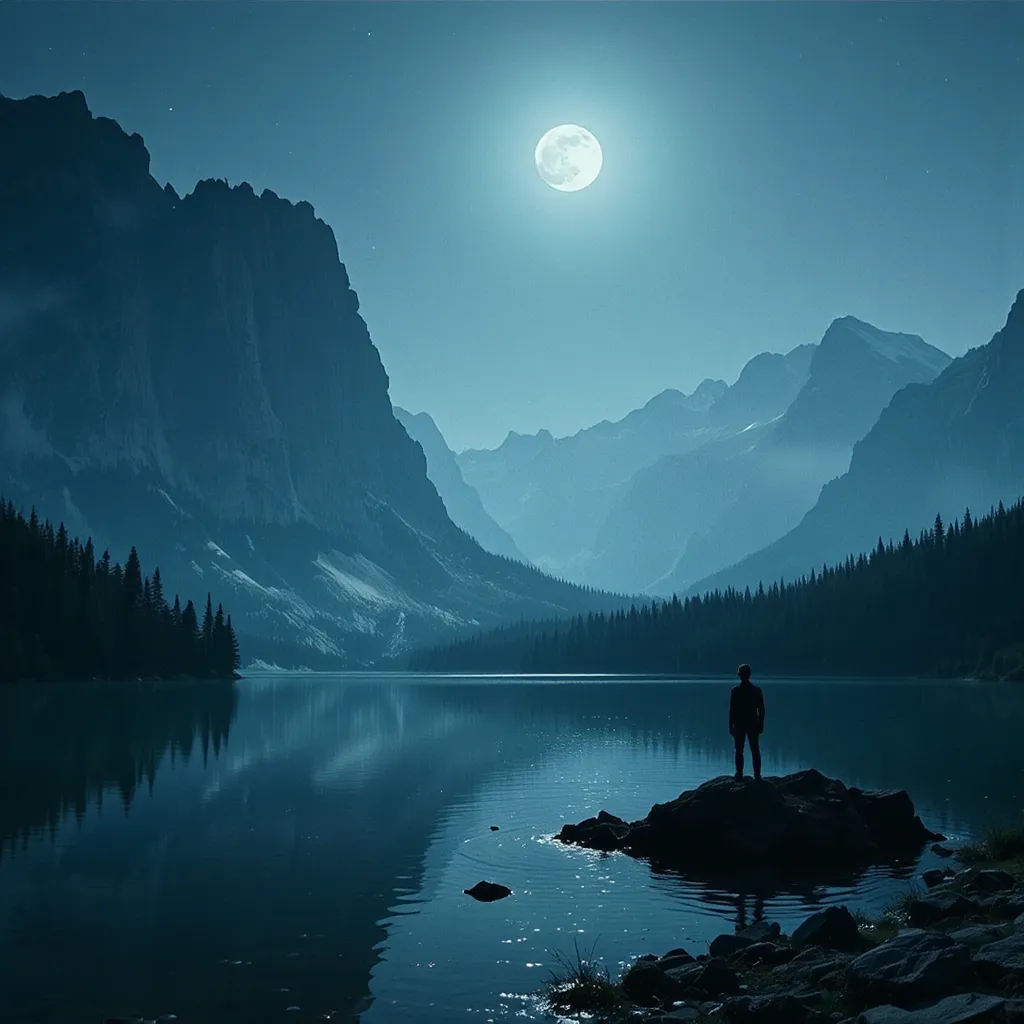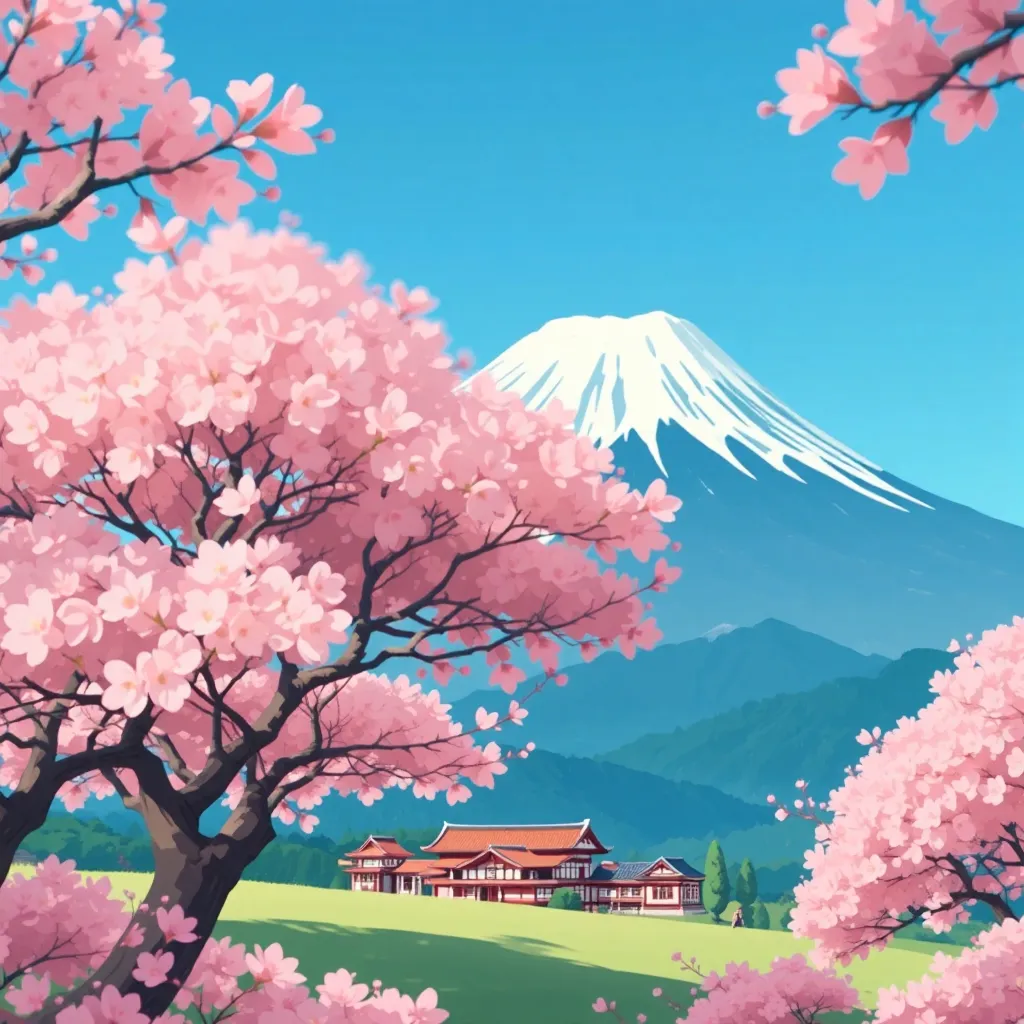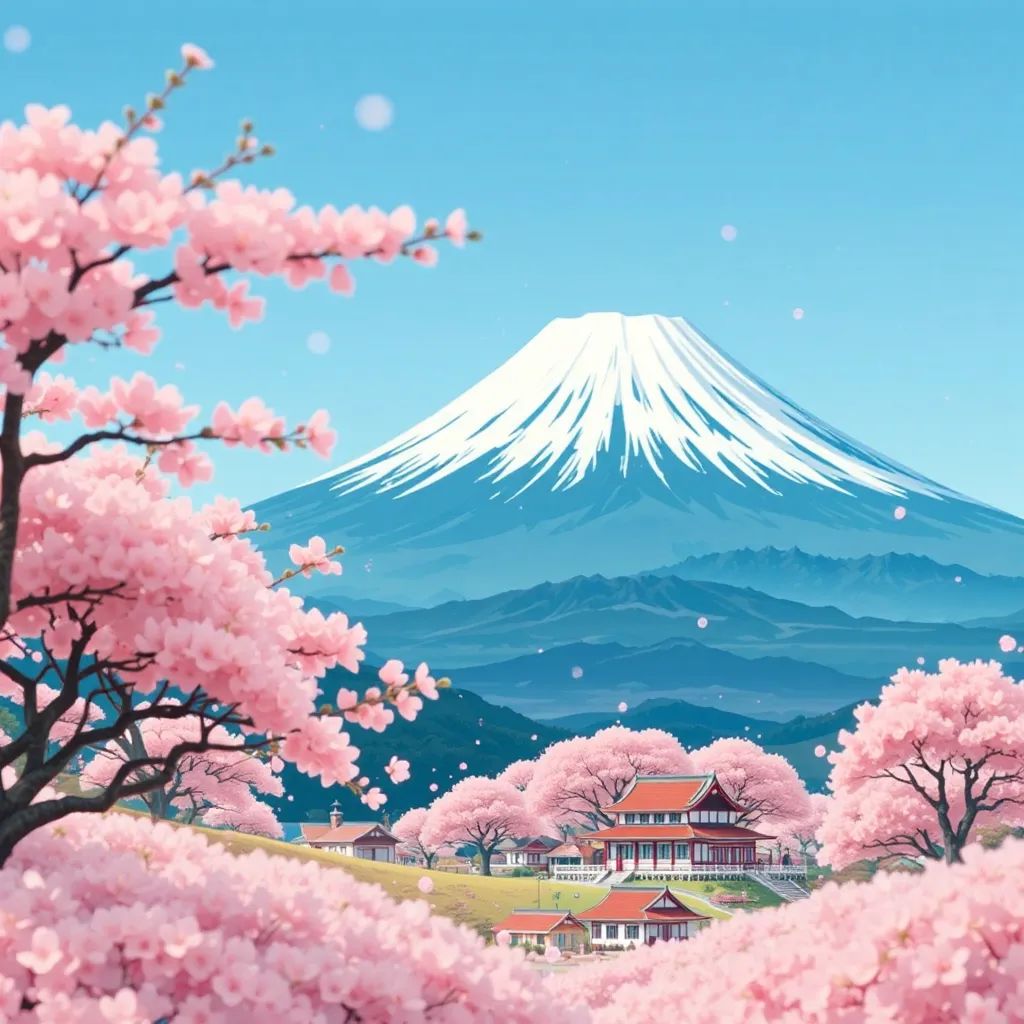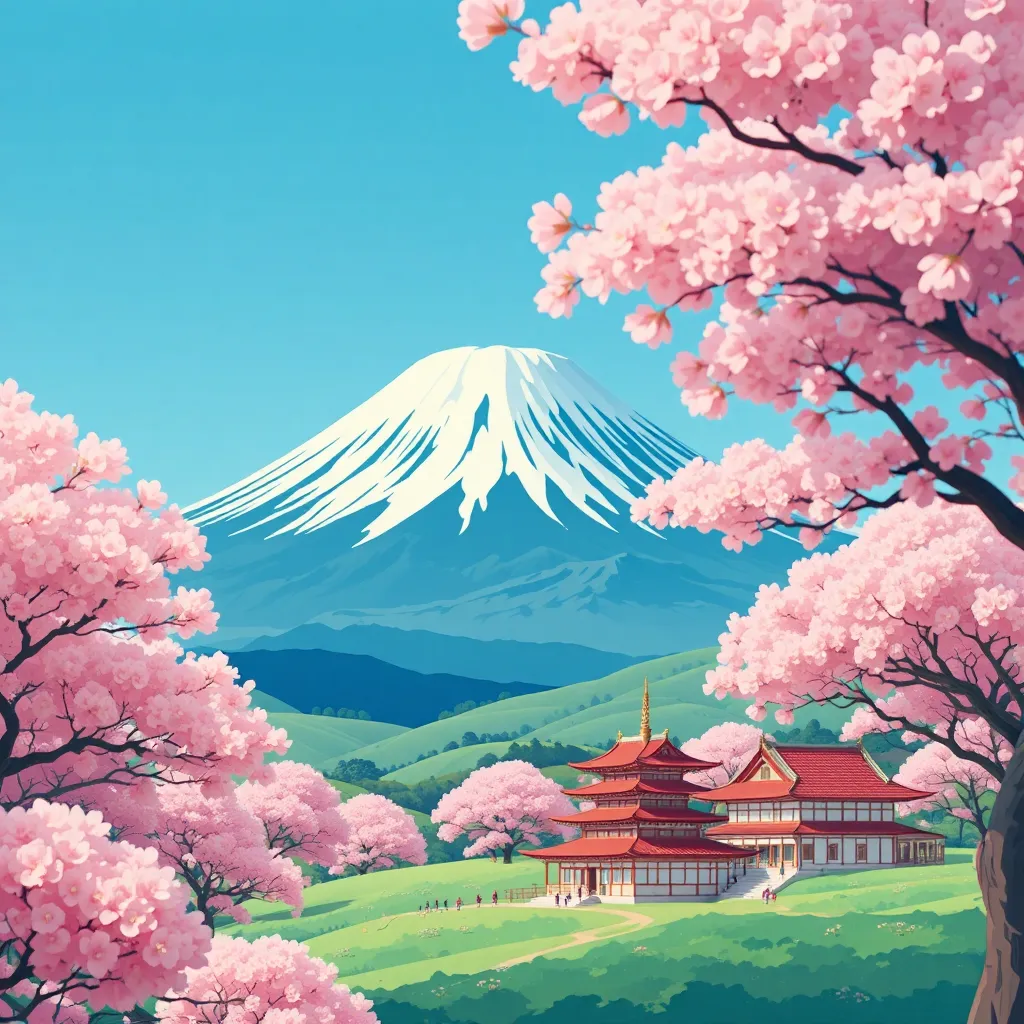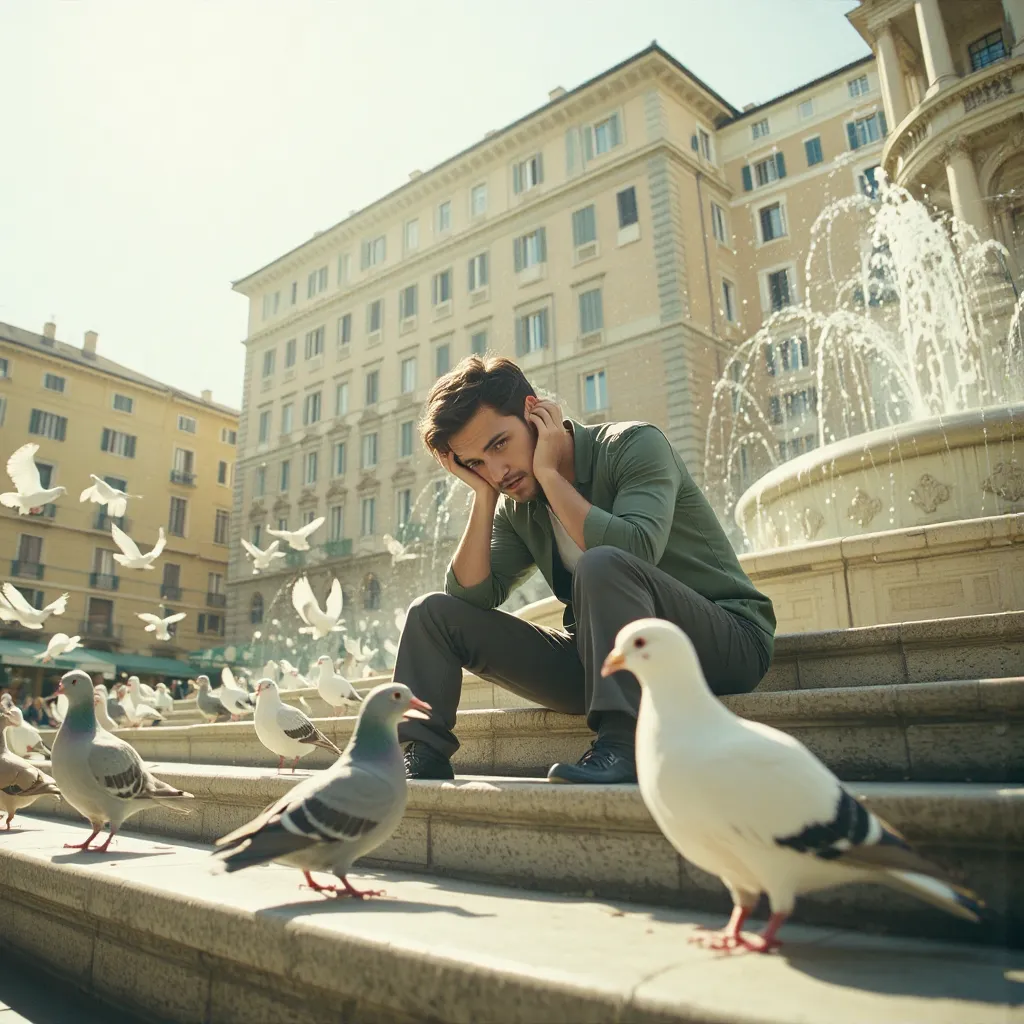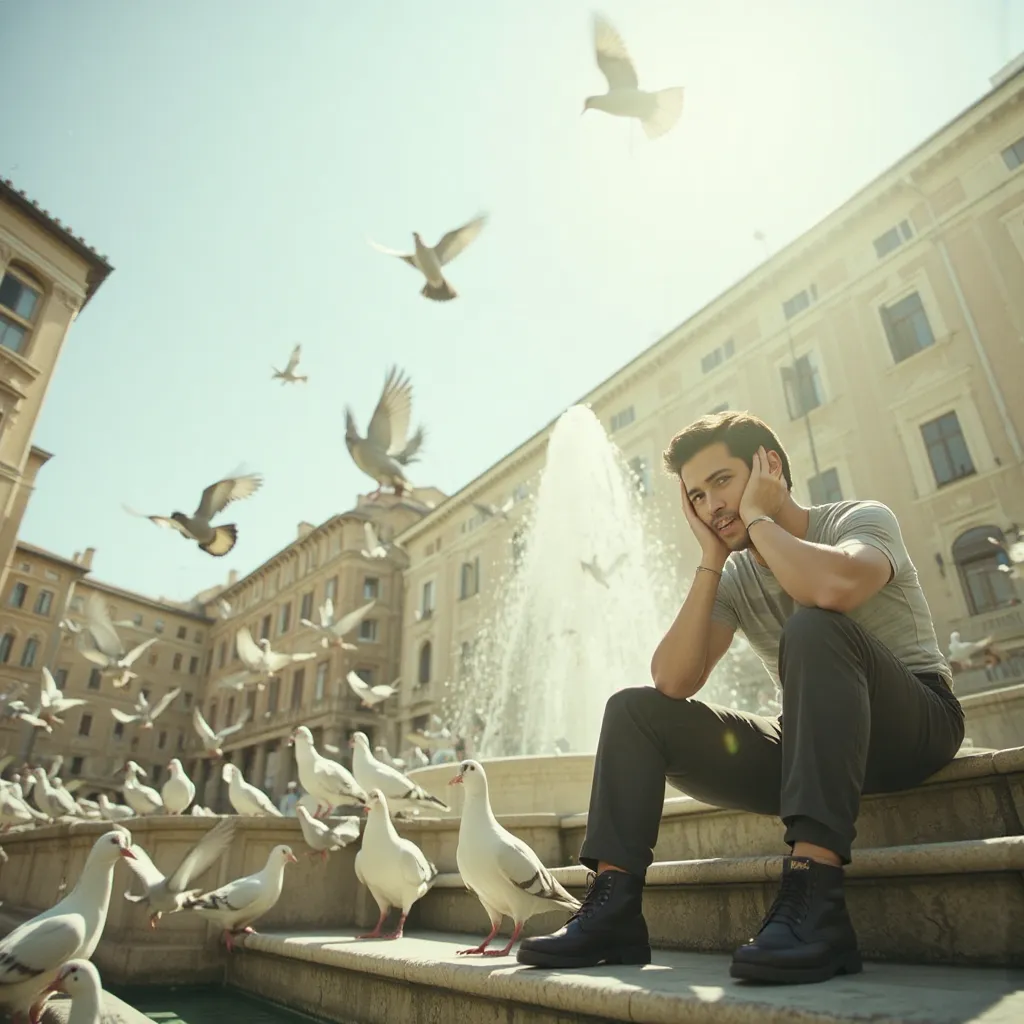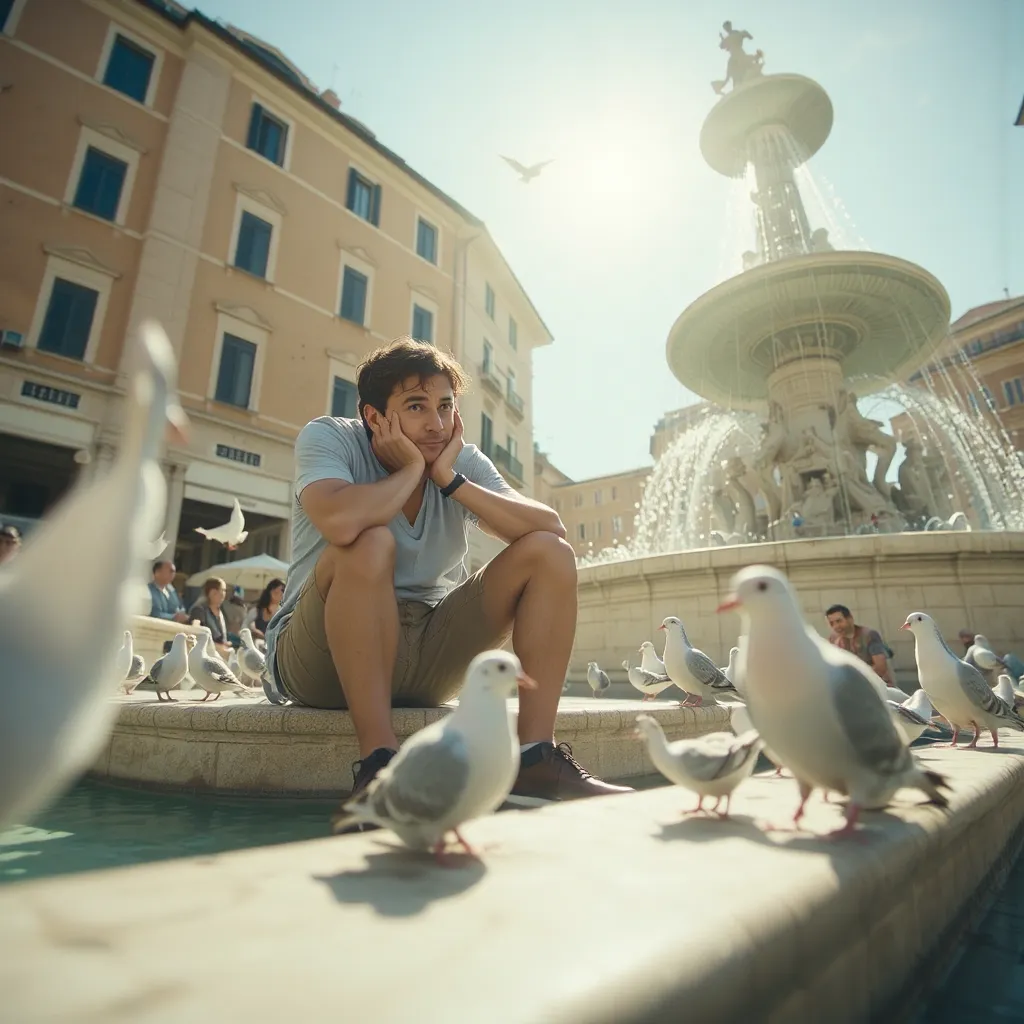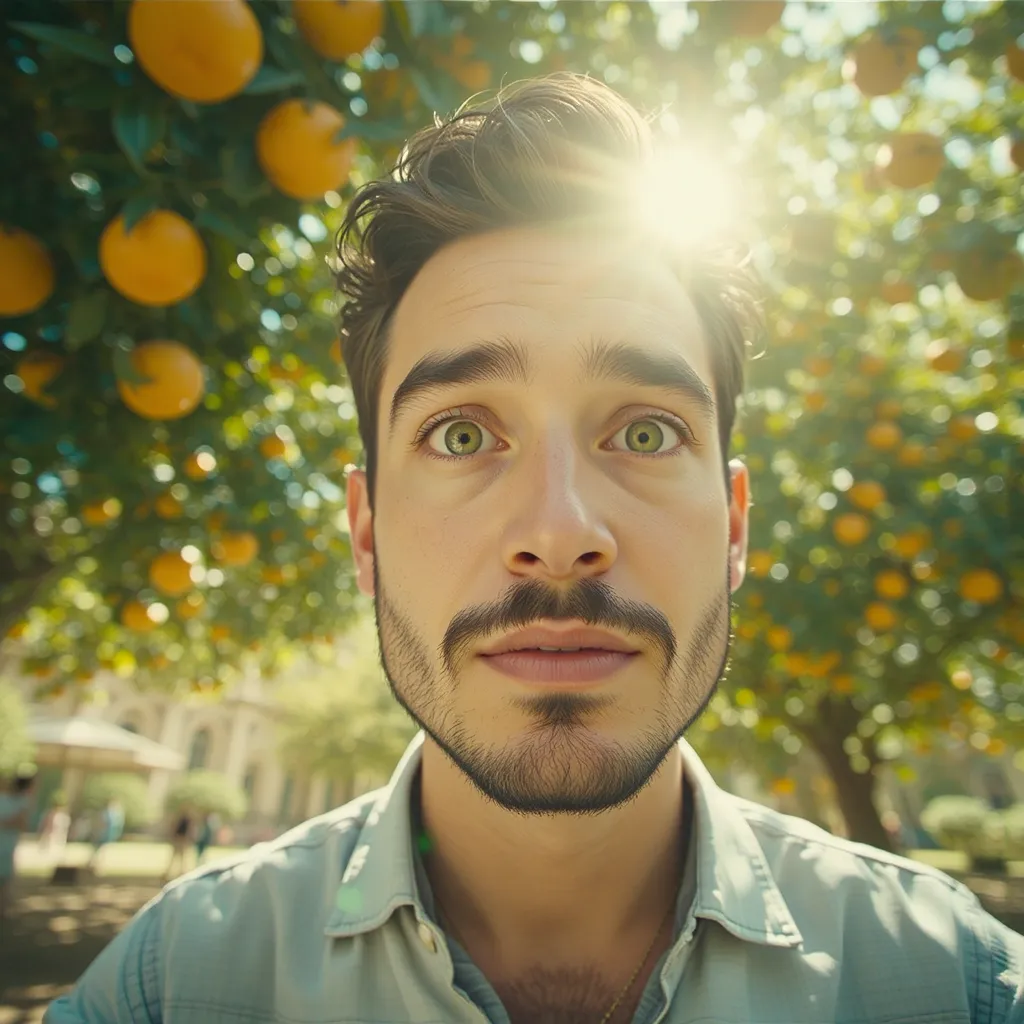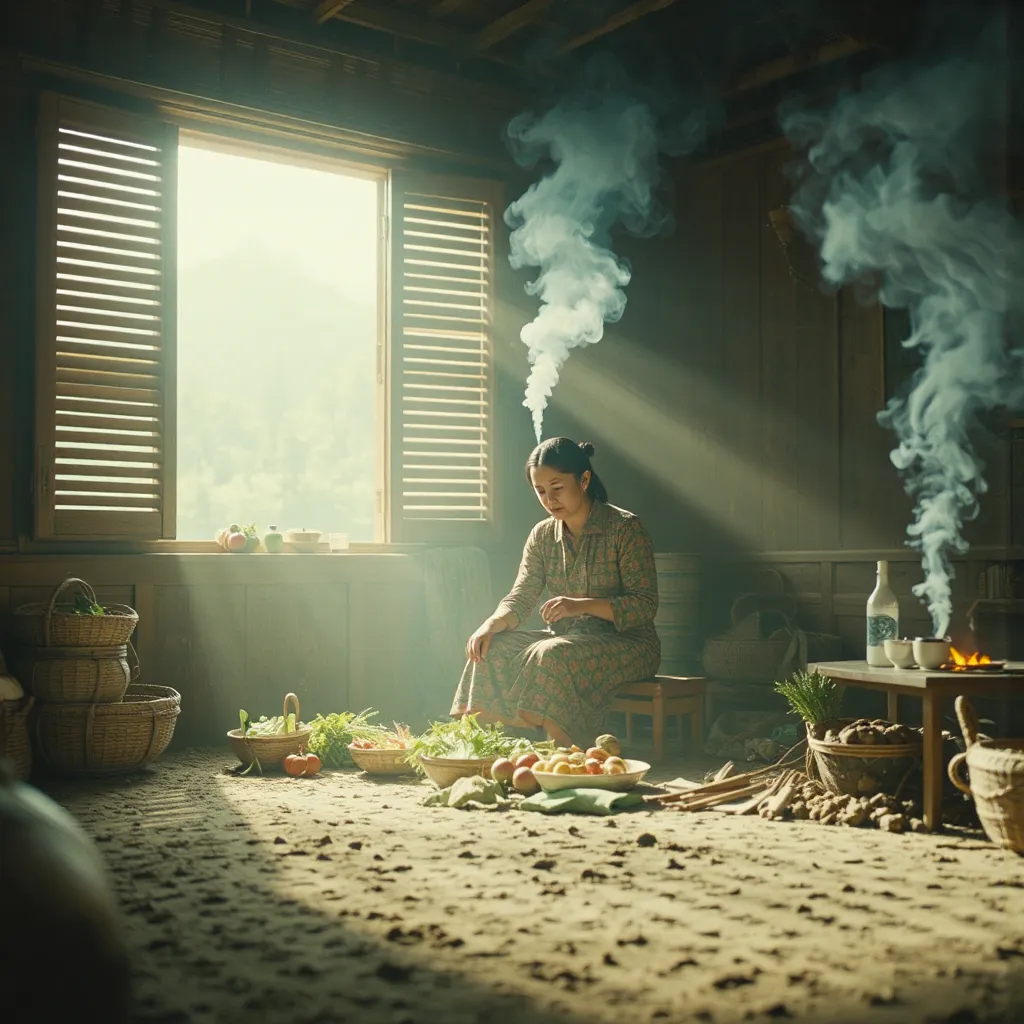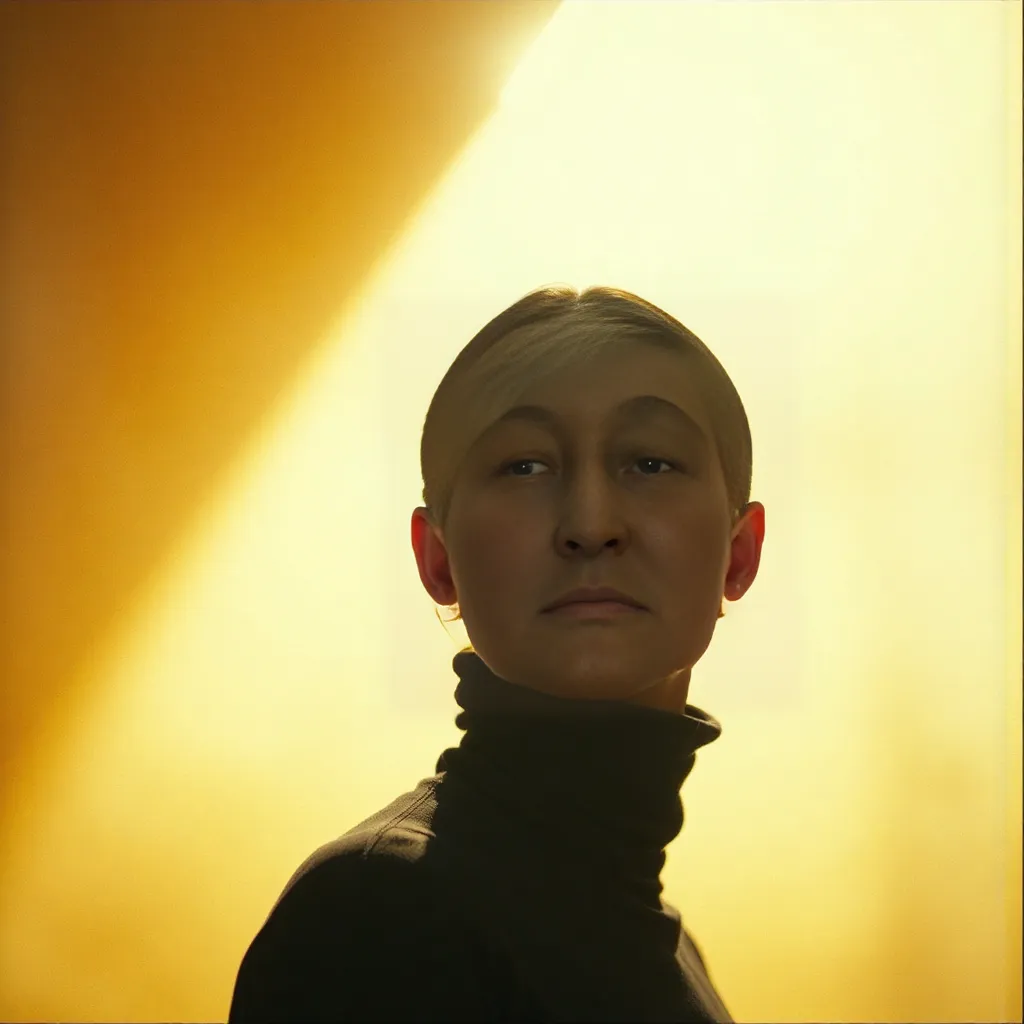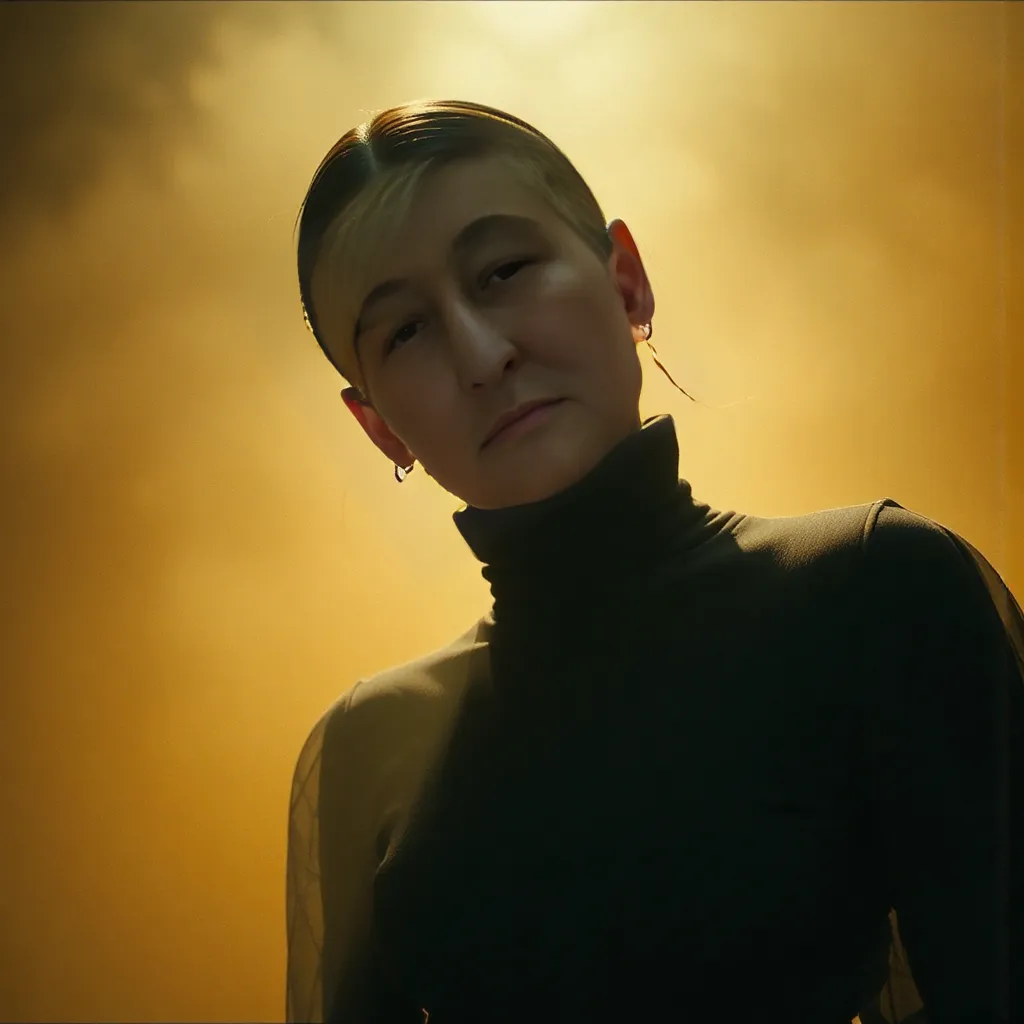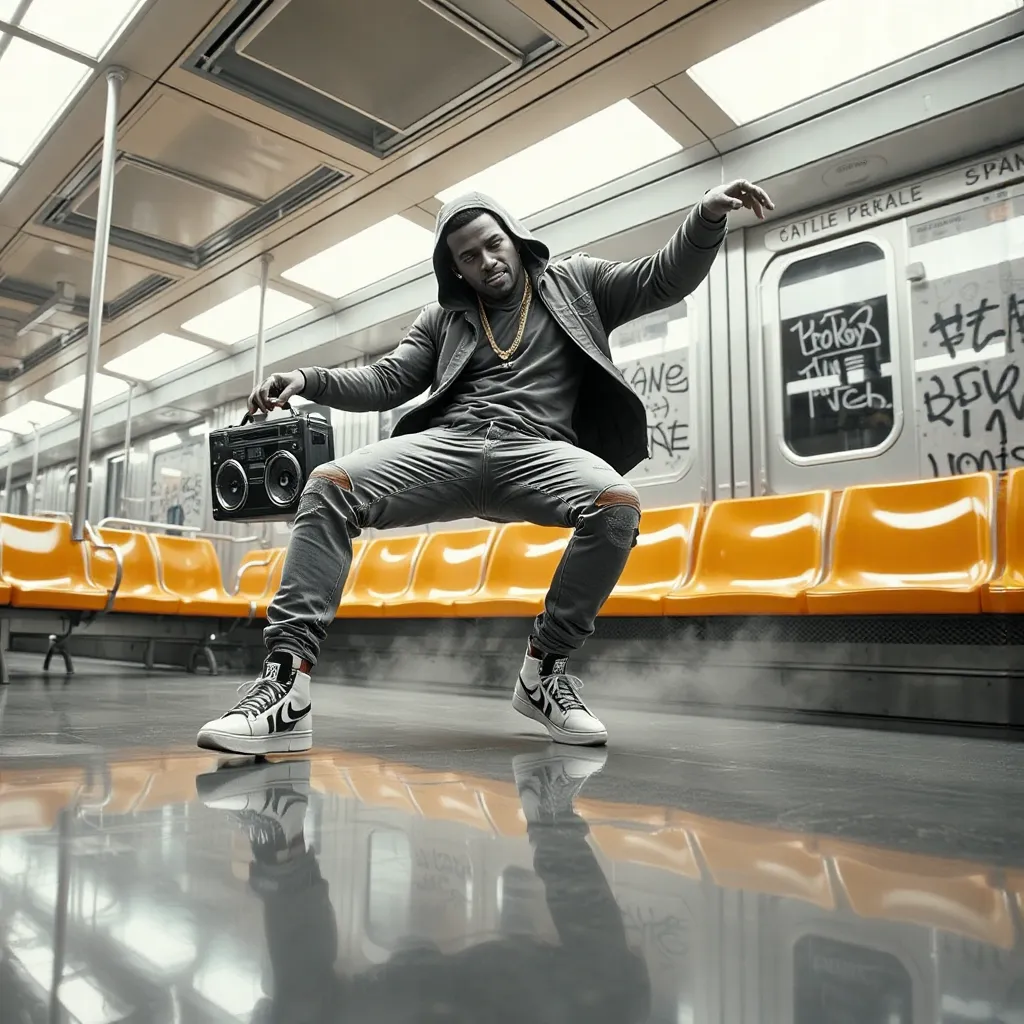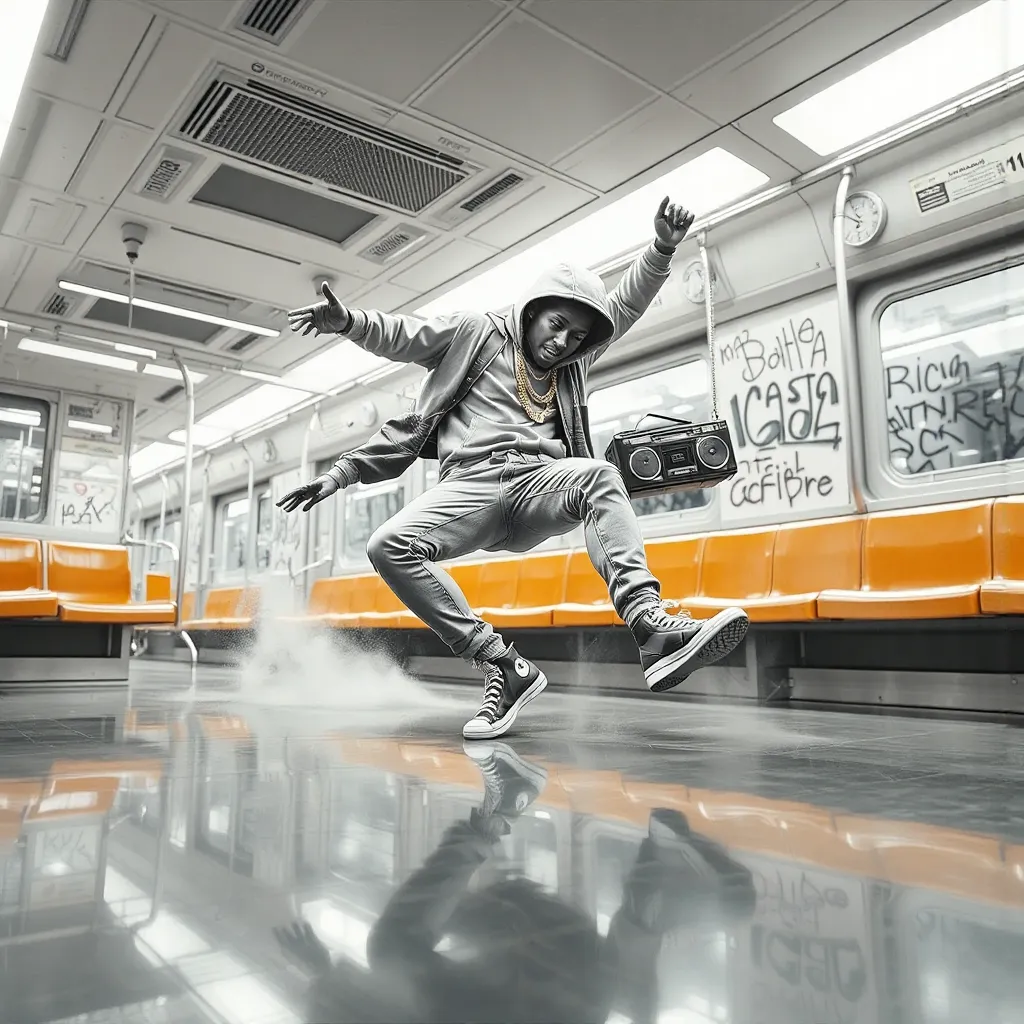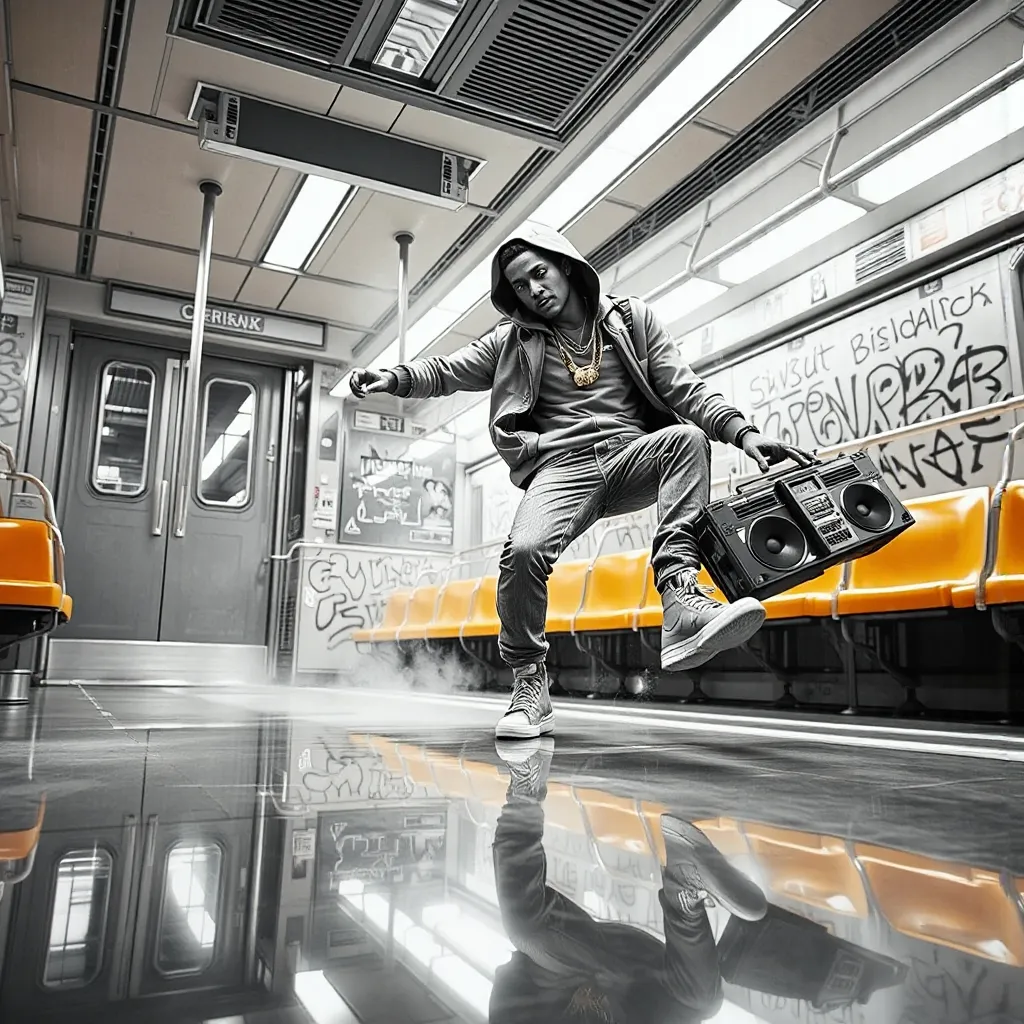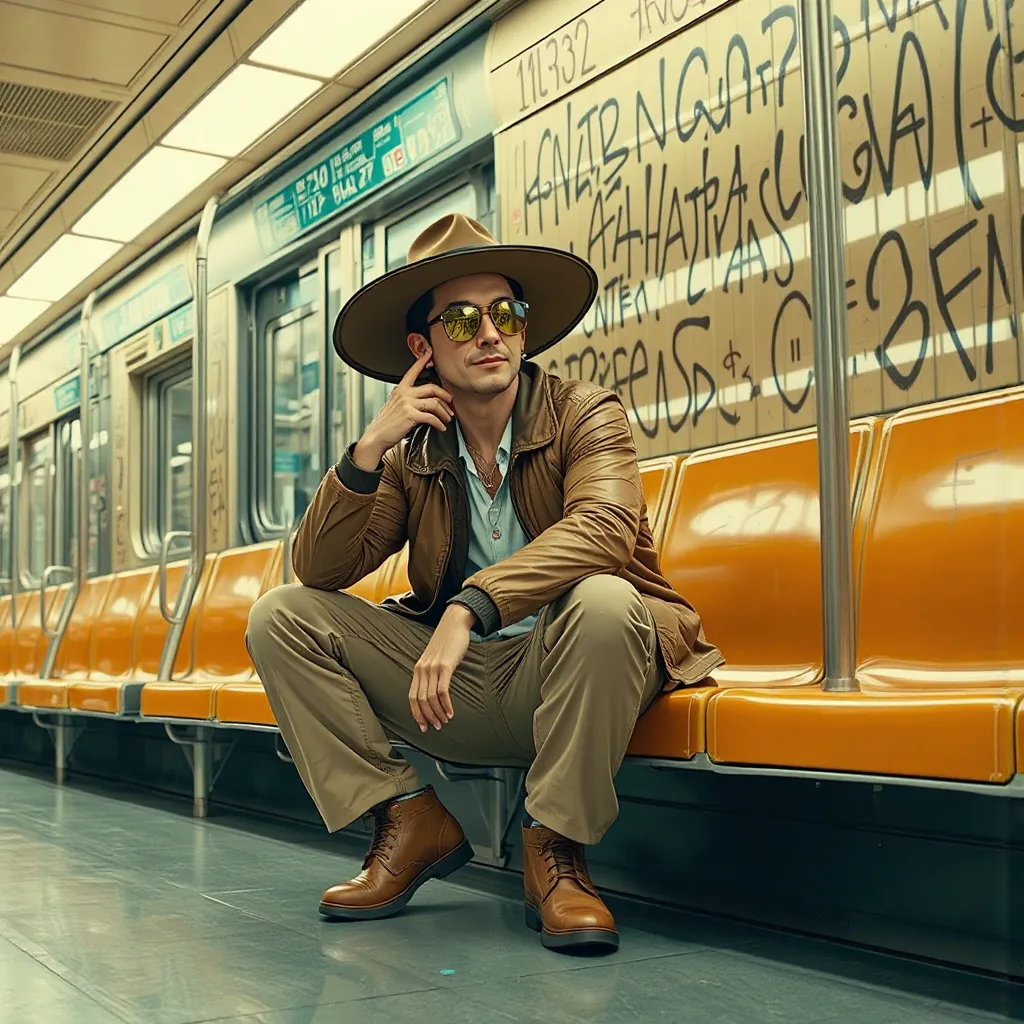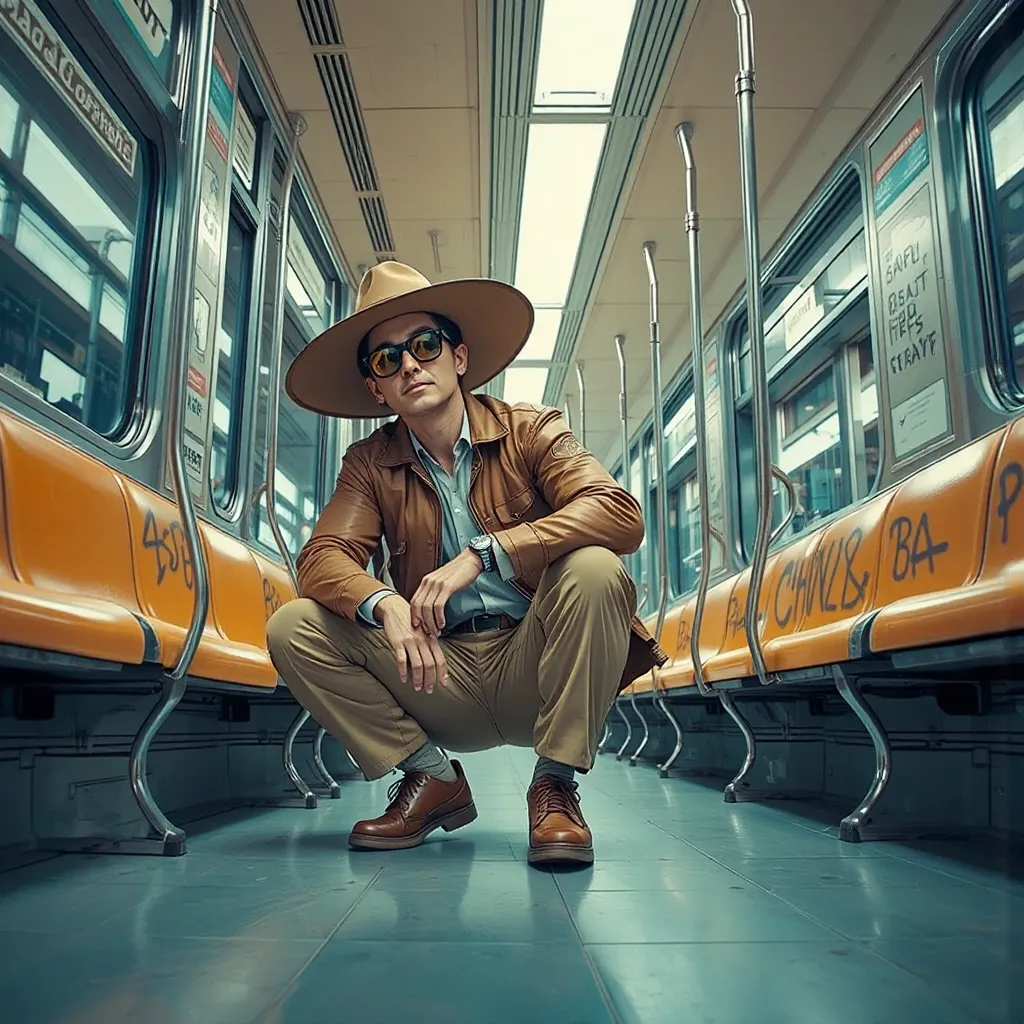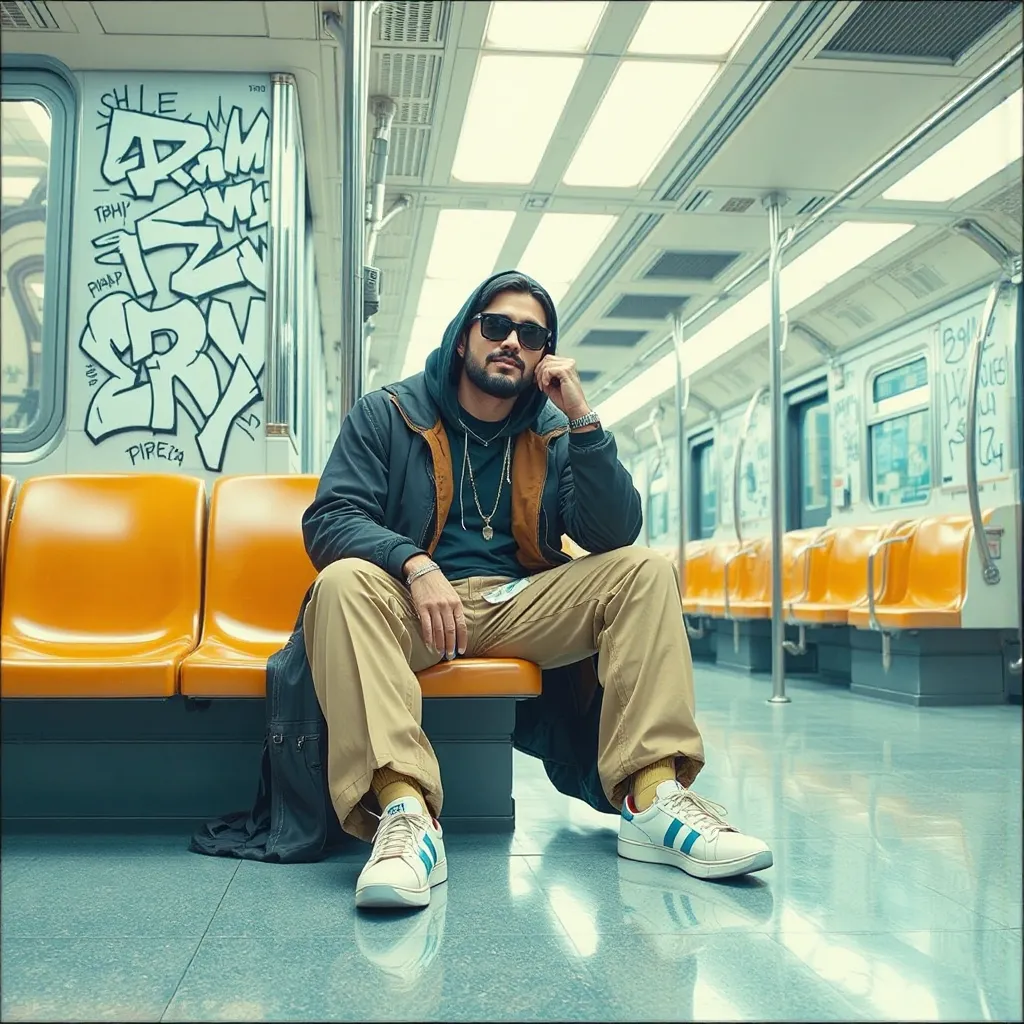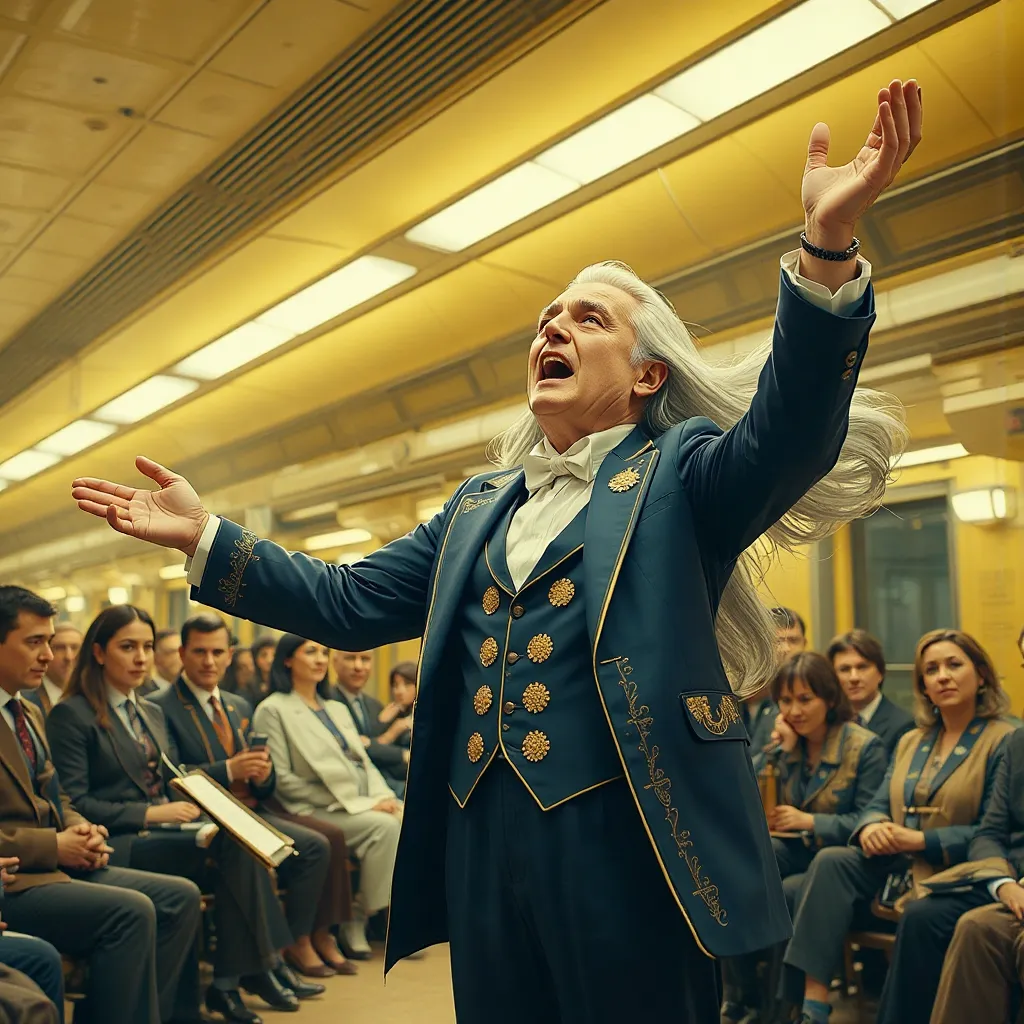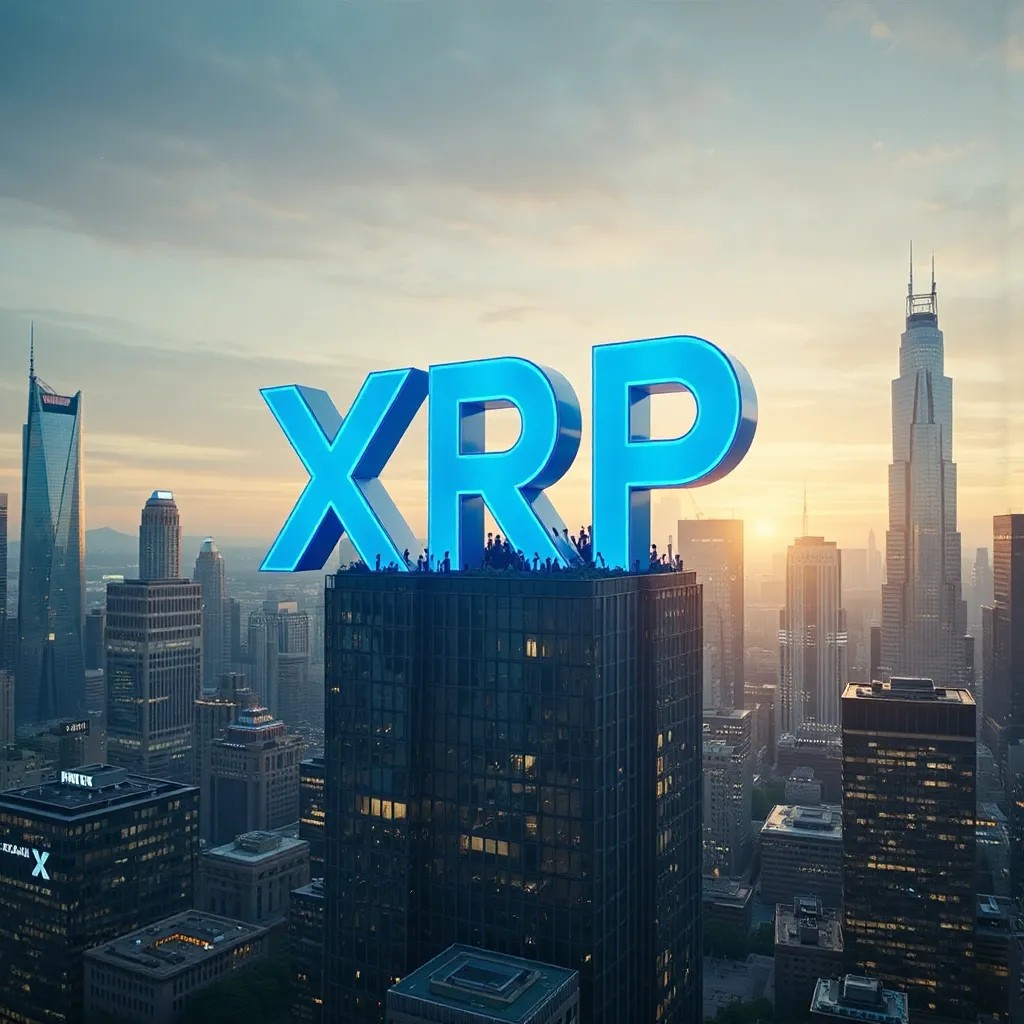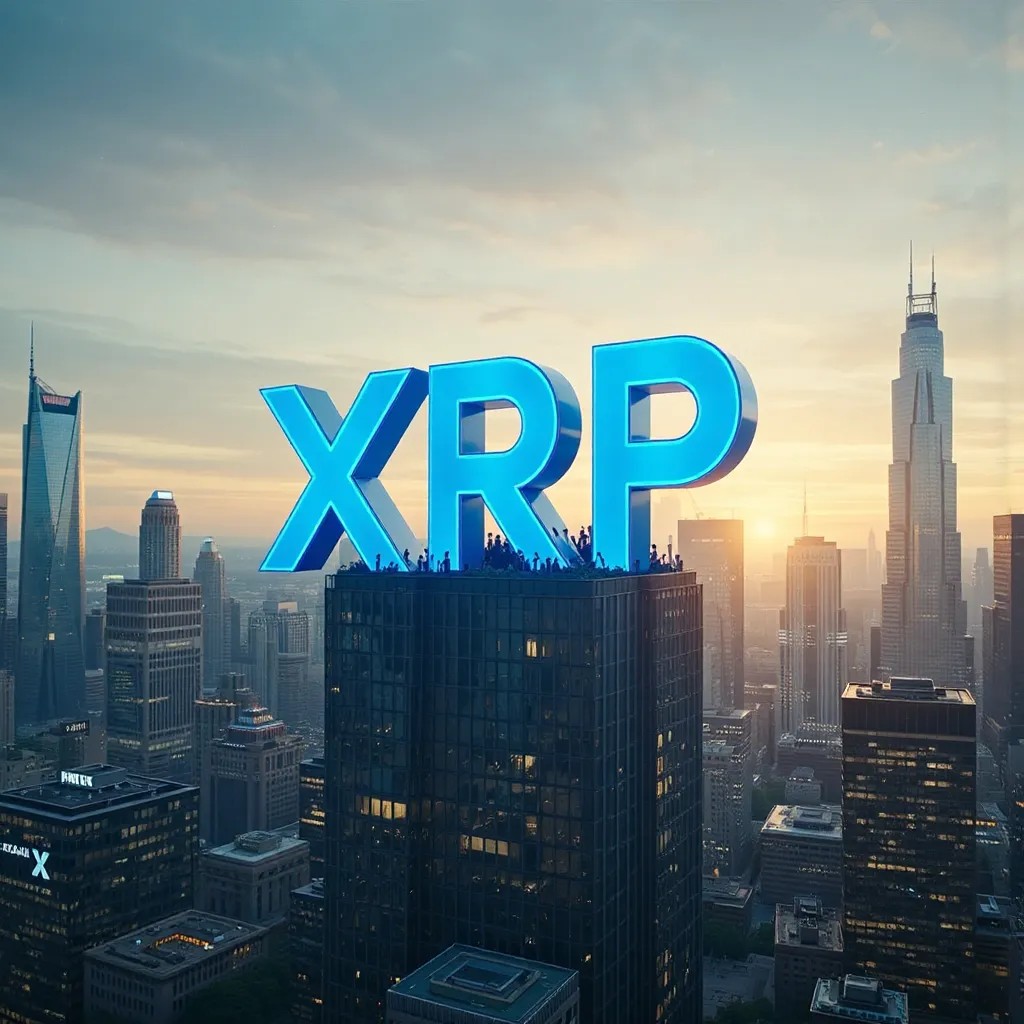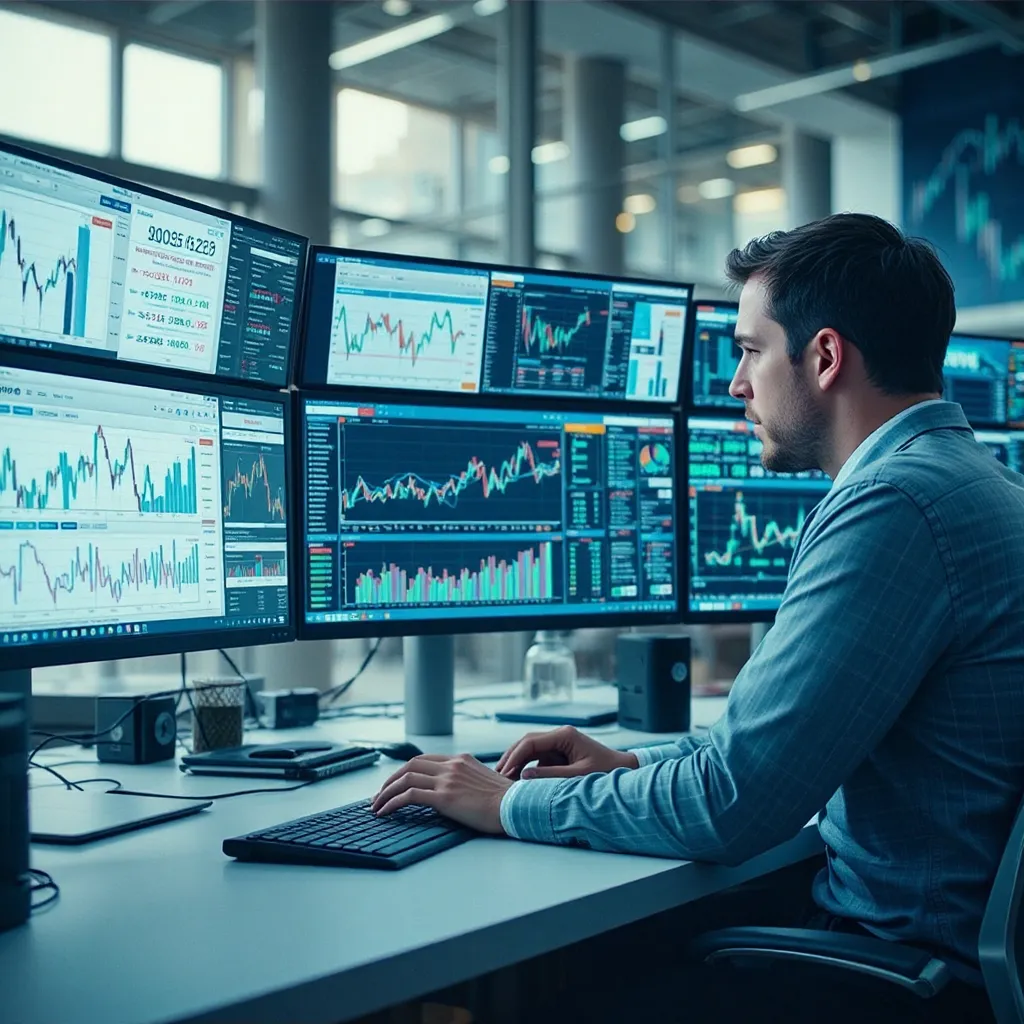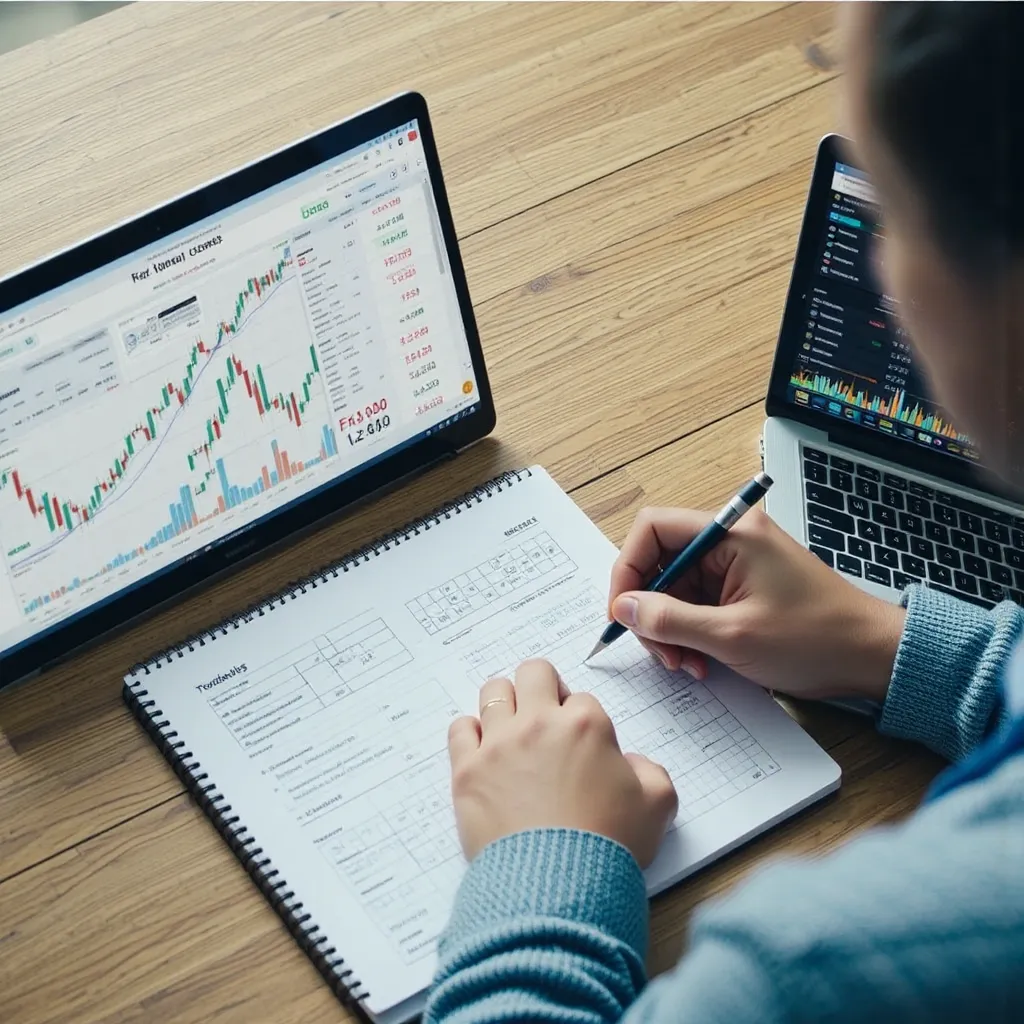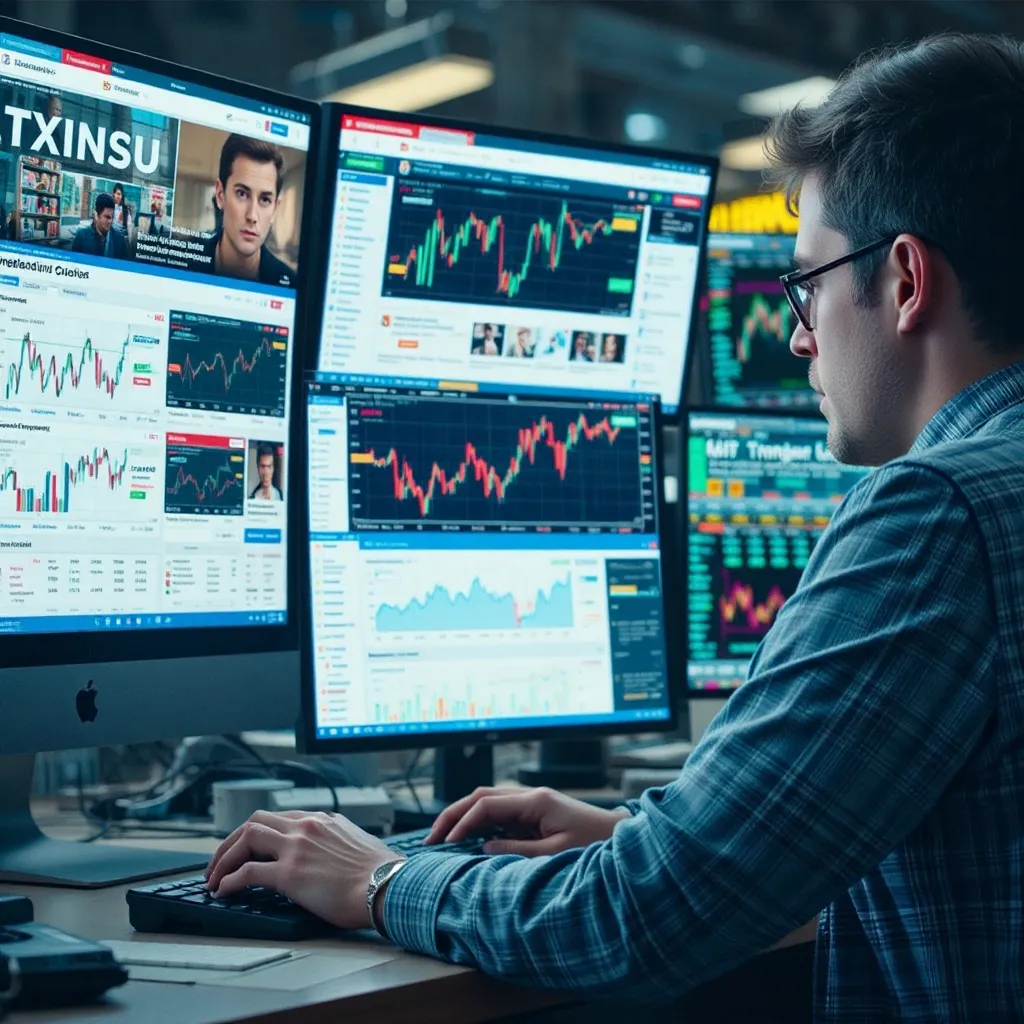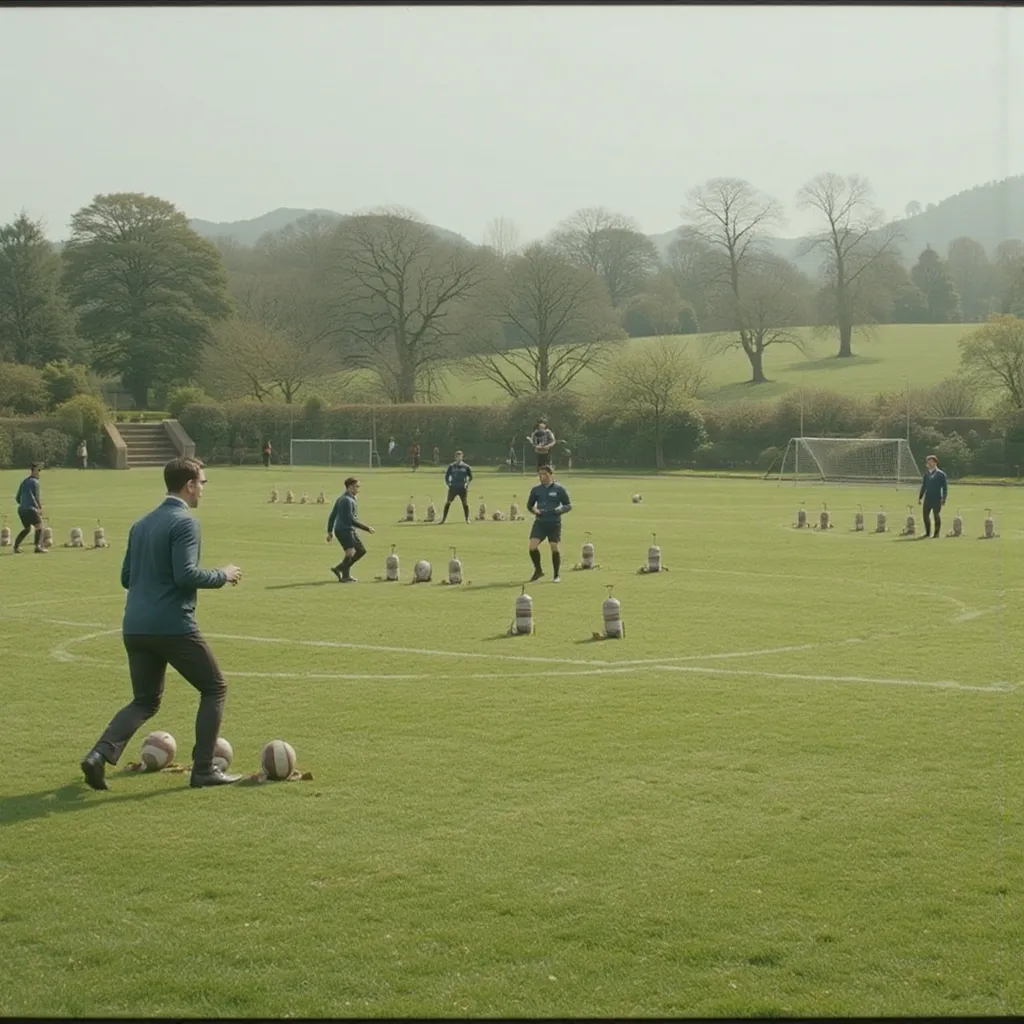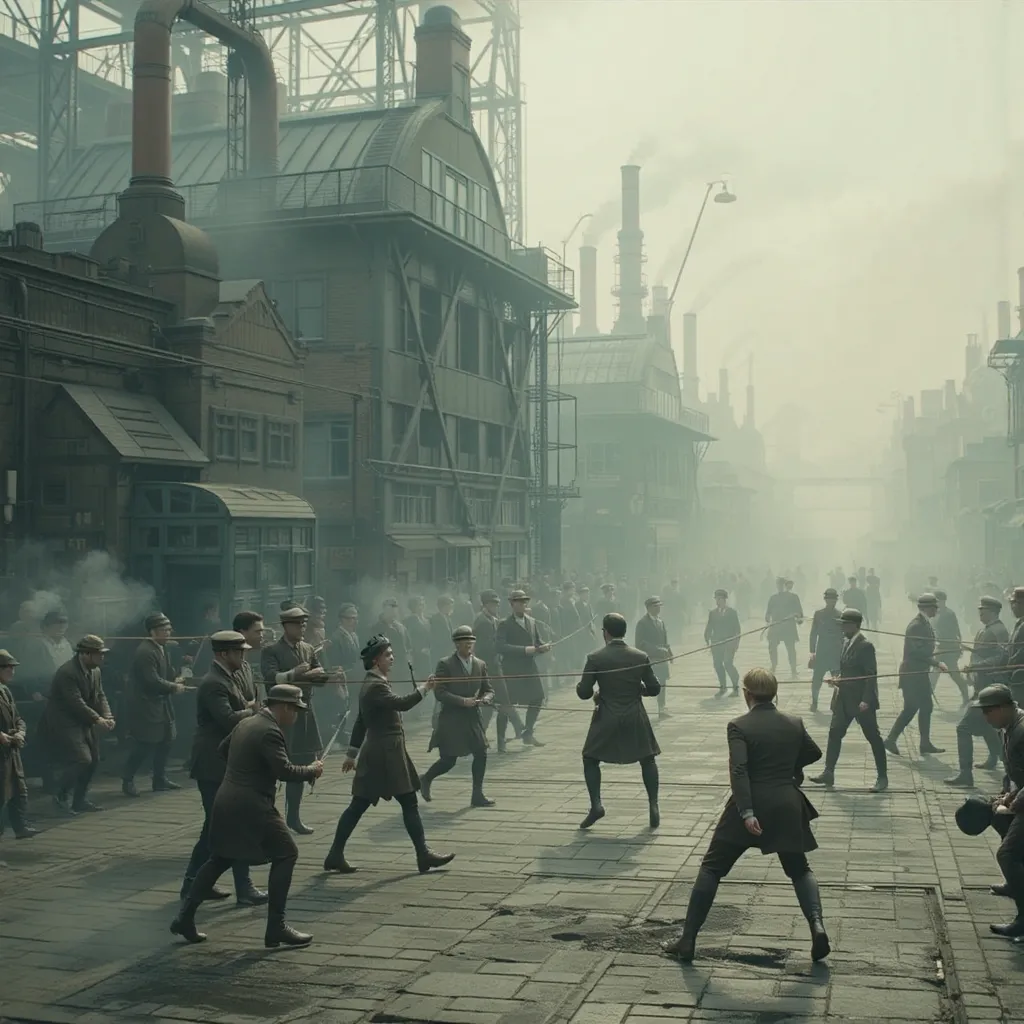Artificial intelligence is rapidly transforming how we work, create content, and interact with technology. With so many free AI tools now available, there’s never been a better time to explore and incorporate these cutting-edge solutions into your daily workflow. In this comprehensive guide, we explore a wide range of free AI tools—including productivity assistants, content generators, image editors, and research solutions. We’ll also highlight industry-leading platforms like GizAI, Google AI Studio, and even revisit ChatGPT’s free usage model, ensuring you have all the essential links and insights to get started.

Why Free AI Tools Are a Game-Changer
Many individuals and businesses are attracted to AI solutions not only because they offer innovative ways to solve problems, but also because they often come with free plans or trials. This allows users to experiment with various functionalities, from generating creative copy to enhancing productivity, without any upfront cost. The accessibility of these free tools democratizes technology, enabling startups, freelancers, educators, and even hobbyists to leverage AI for content creation, research, and daily productivity.
ChatGPT: A Free Tier That Delivers
One of the most talked-about free AI tools is ChatGPT, developed by OpenAI. With a free tier that allows users to explore large language model capabilities, ChatGPT has become a household name. The free plan offers access to GPT-4o–the optimized version of ChatGPT–with a limited number of queries per five-hour window. Free users benefit from features such as interactive conversation support, creative brainstorming, coding assistance, translation, and even file uploads for enhanced context during discussions.
For those looking to experiment with conversational AI without a subscription, ChatGPT’s free tier provides an accessible path to experience state-of-the-art natural language understanding and generation. Upgrade options such as ChatGPT Plus offer higher rate limits and faster responses, but the free tier remains a robust option for many everyday tasks.
GizAI: A Versatile Platform for Multimedia and Collaboration
When it comes to integrating multiple productivity and creative tools into one platform, GizAI stands out as a truly innovative solution. It is an all-in-one productivity environment that combines cloud storage, AI-driven chats, multimedia content creation, and note-taking—all under one subscription. GizAI is designed with both casual users and professionals in mind, offering a free plan that supports essential functions like:
-
AI Content Generation: Generate text, images, audio, and even video from simple prompts.
-
Collaborative Notes: Create and share notes in real-time, complete with AI-powered editing and enhancements.
-
Multimedia Tools: Use AI to generate custom images and videos on the fly, making it perfect for marketers and content creators.
-
Cloud Storage: Enjoy 10GB of free cloud storage that integrates seamlessly with the entire platform.
GizAI’s free tier allows users to delve into various AI-powered features without any commitment, making it an attractive option for anyone looking to boost productivity and creativity without spending extra dollars.
Google AI Studio: Empowering Experimentation and Development
For developers and tech enthusiasts, Google AI Studio offers an excellent playground to experiment with generative AI models. This platform allows users to quickly test and refine prompts, with its seamless integration of Google’s Gemini API. With Google AI Studio, you can:
-
Experiment with Structured and Chat Prompts: Create custom interactive experiences by providing precise instructions that help the AI generate consistent and high-quality outputs.
-
Get Code for Your AI Project: Once you’ve perfected your prompt, you can click “Get code” to export the generated code in your preferred programming language.
-
Tune Your Model: Advanced users can modify system instructions and add examples to fine-tune the AI’s behavior to match specific requirements.
Google AI Studio’s user-friendly interface and powerful backend make it a cornerstone for anyone serious about prototyping AI solutions with minimal investment.
Top Free AI Tools for Content Creation and Writing
Producing high-quality content is a challenge, especially under tight deadlines. Fortunately, free AI writing tools are here to help. Here are a few top picks that can help you combat writer’s block and generate engaging content quickly:
Copy.ai
Copy.ai offers an impressive array of free AI-powered writing generators that help create everything from marketing copy to creative blog posts. With an easy-to-use interface, Copy.ai enables users to simply share their ideas, press a button, and watch as the AI crafts compelling content. Its free plan provides a taste of its capabilities, perfect for brainstorming and initial drafts.
Rytr and Sudowrite
For those looking to explore creative writing further, tools like Rytr and Sudowrite offer free trials and robust free tiers that help overcome writer’s block and refine your content. These tools integrate well with both professional and casual writing needs, allowing users to experiment with tone, style, and structure.
Grammarly and Wordtune
Editing and improving the quality of your writing is just as important as generating original content. Grammarly and Wordtune both offer free versions that provide grammar checking, style editing, and tone adjustments, ensuring your final output is polished and professional. These tools are invaluable for non-native speakers and anyone looking to elevate their writing skills.
Free AI Tools for Multimedia Content
In the realm of digital marketing and content creation, visuals play a critical role. Fortunately, there are numerous free AI tools available for generating and editing images, videos, and audio.
DALL·E 3 and Midjourney
For digital artists and marketers looking for innovative image generation solutions, tools like DALL·E 3 offer cutting-edge features to transform text prompts into detailed images. DALL·E 3’s free trial lets you harness powerful image generation capabilities without any upfront cost. Alternatively, Midjourney remains popular among creative professionals for its unique artistic style and iterative improvement process.
Runway and Synthesia
Video generation and editing no longer require high-end equipment or extensive technical know-how. Platforms like Runway and Synthesia offer free trials that empower users to create professional-quality videos with AI assistance. Whether you’re editing marketing content or creating a dynamic presentation, these tools make video production accessible and efficient.
Audio Editing with ElevenLabs and Mustango
AI-driven audio tools are also gaining traction. ElevenLabs and Mustango provide free tiers that allow users to generate clear, high-quality audio content. These platforms are particularly useful for creating podcasts, voiceovers, and even converting text articles into engaging audio formats. In many cases, free users can generate a limited number of audio outputs each month—a great way to test the waters without committing financially.
Image Resizing and Editing: Free AI Tools at Your Fingertips
In today’s digital landscape, images must be optimized for various platforms, from websites to social media. Several free AI-powered image resizing tools can help streamline this process while preserving quality.
Img2Go and Upscale.media
Tools like Img2Go and Upscale.media make it easy to resize images without sacrificing clarity. Img2Go supports multiple file formats including BMP, GIF, JPG, and PNG, while Upscale.media can remove artifacts and enhance image resolution up to 4x its original quality—all for free. These tools are especially popular among web designers and social media influencers who need to maintain high visual standards.
Resize and Icons8 Smart Upscaler
For quick image edits, Resize offers a free online platform that supports basic functions such as cropping, compressing, and watermark removal. Additionally, Icons8 Smart Upscaler uses advanced AI to upscale low-resolution images, ensuring that even small visuals look crisp on high-resolution displays.
Bigjpg and MindOnMap
Other noteworthy free tools include Bigjpg, which leverages AI to enhance image pixel quality, and MindOnMap, which supports high-percentage upscaling and batch processing. These tools are invaluable for photographers and digital artists who require precision editing without the premium price tag.
Clipdrop and Aiseesoft
For more complex image editing tasks, Clipdrop and Aiseesoft offer free elements that include background removal, noise reduction, and even intelligent restoration of blurred images. These tools combine simplicity with powerful AI algorithms, making high-caliber image editing accessible to everyone.
Free AI Tools for Research and Data Analysis
Research is an integral part of any successful project, and AI has developed tools that can greatly simplify this process. Advanced AI models are now capable of combing through vast amounts of data rapidly, presenting it in an easy-to-digest format.
Deep Research by ChatGPT and Google Gemini
ChatGPT Deep Research is one such tool that enables users to get detailed reports on complex topics. This isn’t just about simple fact-finding—it can generate long-form analysis complete with citations and data breakdowns.
Similarly, Google’s Gemini Deep Research offers free research capabilities powered by advanced AI algorithms. Whether you’re looking to understand market trends, analyze academic papers, or simply gather insights for a blog post, these tools crunch the numbers and deliver insights that would otherwise take hours to compile manually.
Perplexity.ai and You.com
Other notable free research-oriented AI tools include Perplexity.ai, an AI search engine that provides detailed, context-aware answers, and You.com, which offers a suite of search and research tools specifically designed to enhance productivity. These platforms offer free access to powerful AI algorithms that can simplify academic research, competitive analysis, and decision-making processes.
Free AI Tools for Project Management and Collaboration
Managing projects and collaborating with teams can be challenging without the right tools. Fortunately, many free AI-powered project management platforms now integrate seamlessly into your daily workflow.
Asana and ClickUp
Popular project management tools like Asana and ClickUp offer free tiers that, when supplemented with AI-driven analytics and task automation, significantly boost productivity. These tools help you keep projects on track by providing intelligent suggestions, streamlining recurring tasks, and integrating seamlessly with other platforms such as Gmail and Slack.
Collaborative Note-Taking Platforms
Furthermore, tools like those available through GizAI bring AI into note-taking and collaboration. With real-time collaborative notes, you can work with your team on shared documents, benefit from built-in AI editing features, and automatically organize your ideas. These functionalities are especially useful for teams that require a dynamic workspace that adapts to the ever-changing demands of modern projects.
Free AI Tools for Scheduling and Customer Service
Effective scheduling and robust customer service remain two critical aspects of a successful business. AI-powered scheduling and customer support tools are now available for free to help manage these tasks effortlessly.
Reclaim and Clockwise
For scheduling and time management, tools like Reclaim and Clockwise help optimize your calendar based on your priorities. Their free versions are designed to automatically schedule meetings, adjust available time slots, and ensure that important tasks are given the attention they deserve without manual intervention.
Tidio and Hiver
On the customer service front, free AI-powered chatbots such as Tidio enable businesses to manage customer interactions efficiently. Integration with platforms like Hiver further streamlines email support, enabling companies to respond to queries faster and provide a better overall customer experience. These tools are crucial for startups and small businesses that need to deliver high-quality support without incurring extra costs.
Free AI Tools for Social Media Management and Marketing
As social media becomes an ever more integral part of digital marketing, free AI tools are stepping in to help manage and optimize your online presence.
Vista Social and FeedHive
Vista Social and FeedHive are excellent examples. These platforms provide free tiers that allow you to schedule posts, analyze engagement metrics, and automatically curate content. By using these tools, marketers can save time while ensuring consistent and targeted social media outreach.
Free Marketing AI Tools
For more tailored marketing applications, platforms such as AdCreative and email subject line generators provide free or trial features to help craft compelling ad copy and optimize email campaigns. These tools use sophisticated AI algorithms to suggest improvements, ensuring that your marketing content resonates with your target audience.
The Future of Free AI Tools
The growing list of free AI tools is a testament to how far technology has come. With innovative platforms like GizAI, Google AI Studio, and ChatGPT continuing to push the envelope in capabilities and ease of use, we are witnessing a democratization of powerful AI technologies. Whether you’re a professional content creator, a small business owner, a researcher, or simply a tech enthusiast, the free tiers offered by these services are designed to help you harness the power of AI without a significant financial commitment.
The future holds even more promise as companies work to refine their free offerings. With incremental improvements in model capabilities, increased integration with everyday devices, and a continuing push towards accessible innovation, users can expect free AI tools to become even more integral to daily operations. These advancements foster a competitive ecosystem where users have the freedom to experiment, innovate, and derive value from technology regardless of budget constraints.
Wrapping Up
In summary, the landscape of free AI tools in 2025 is both exciting and expansive. From ChatGPT’s free conversational AI and robust research capabilities to the multifunctional platform of GizAI, and the experimental power of Google AI Studio, no matter your needs, there’s a free or freemium tool available to enhance your productivity, creativity, and overall digital experience. Other notable names—including Copy.ai, Grammarly, Asana, Reclaim, and Tidio—round out a comprehensive toolkit that ensures everyone can stay ahead in an increasingly AI-driven world.
By taking advantage of these free resources, you not only unlock opportunities for innovation but also future-proof your operations without the burden of subscription fees. As these platforms continue to evolve, their integration into everyday workflows promises to streamline processes, foster creativity, and ultimately drive success for individuals and businesses alike.
Whether you’re crafting content, analyzing research data, editing videos, or managing your social media presence, these free AI tools have the potential to radically transform your workflow and give you that competitive edge. Now is the time to explore these offerings, experiment with different solutions, and discover how AI can make your life easier, more productive, and more connected than ever before.
With the rapid pace of technological advancement, the opportunities provided by free AI tools are only going to expand. Embrace this new era of accessible innovation and take full advantage of the myriad of tools at your fingertips. Start exploring, experimenting, and integrating these free resources into your projects today, and watch as AI transforms the way you work, create, and collaborate for the better.
Disclosure: This article was written by GizAI’s AI Writer as a prompt and has not been edited by humans.

